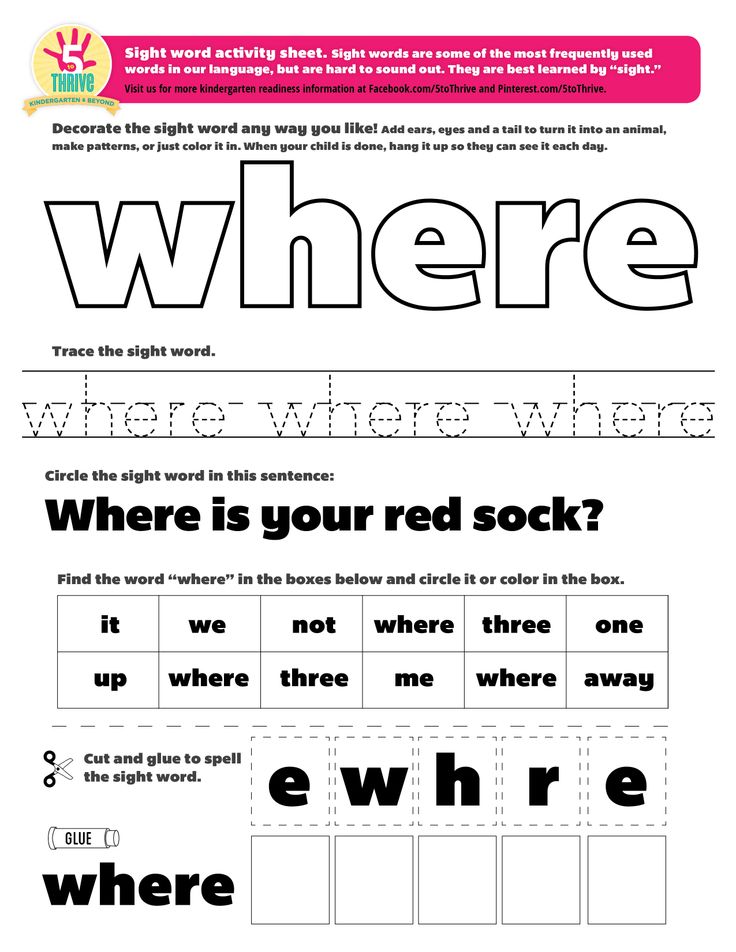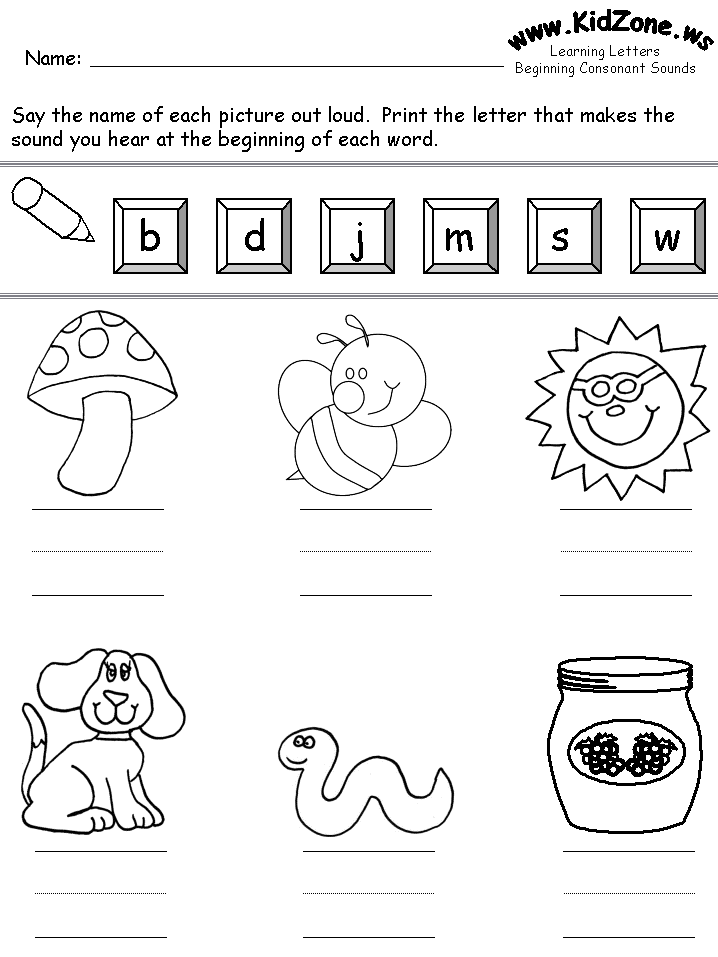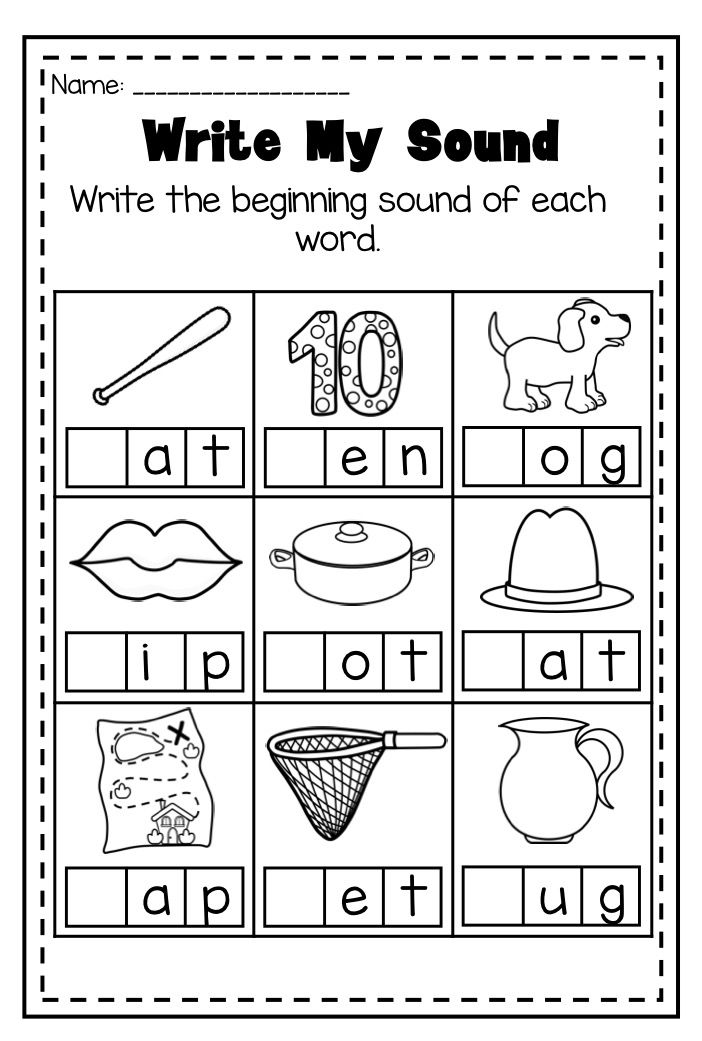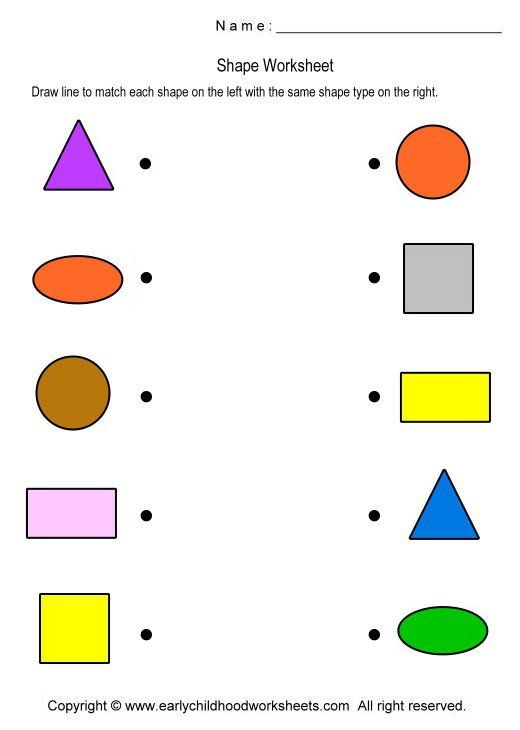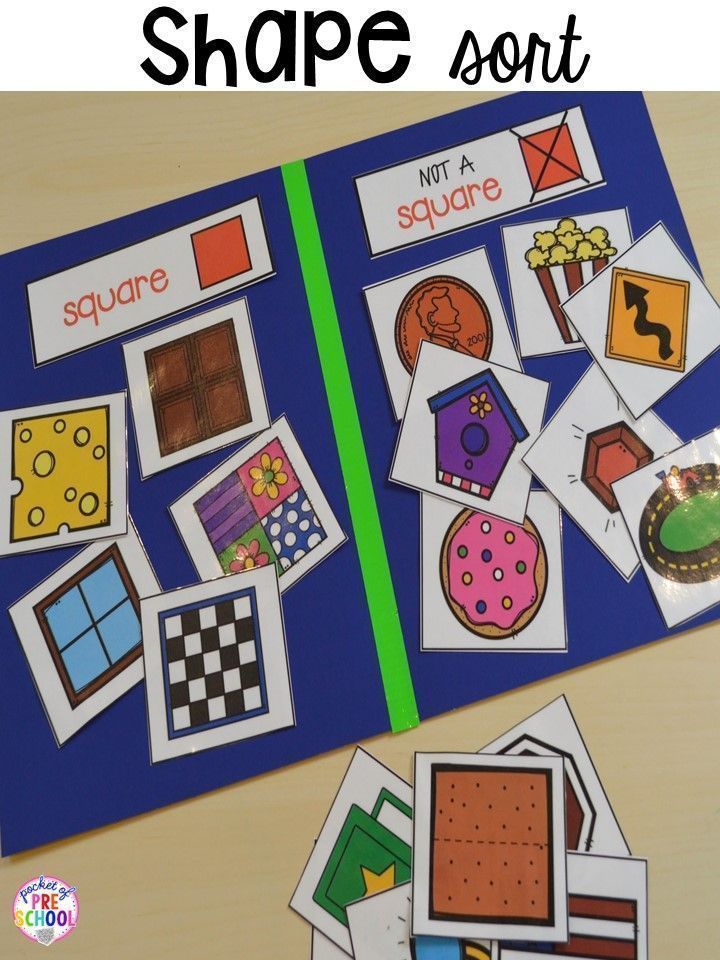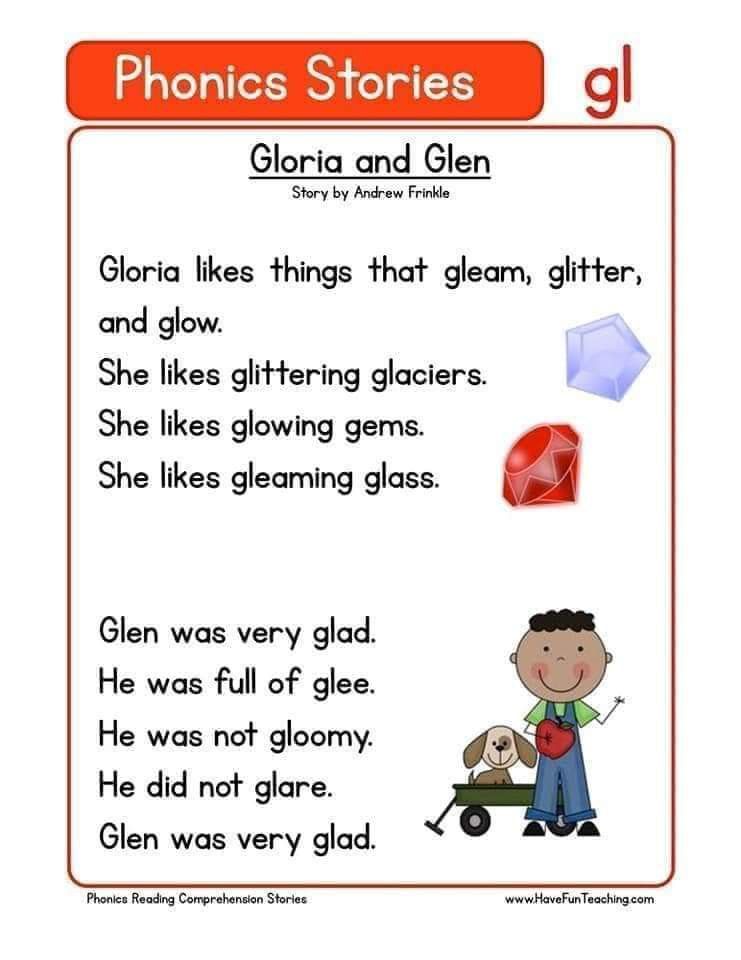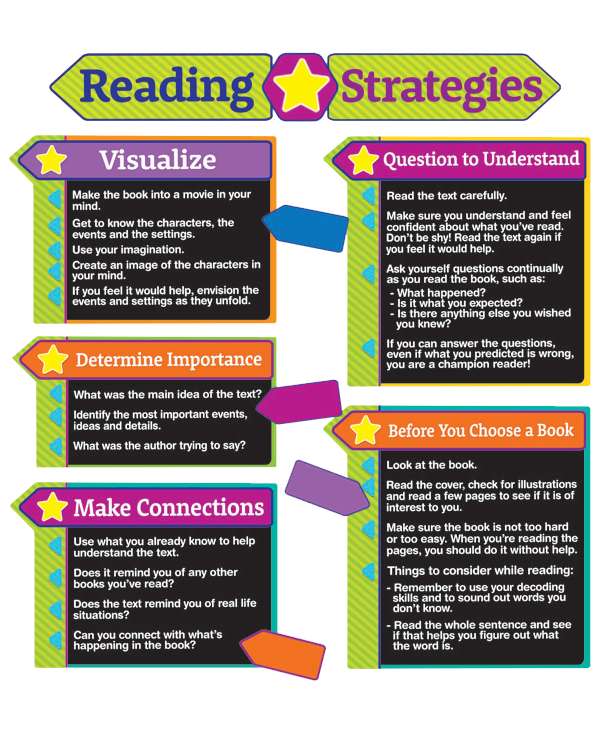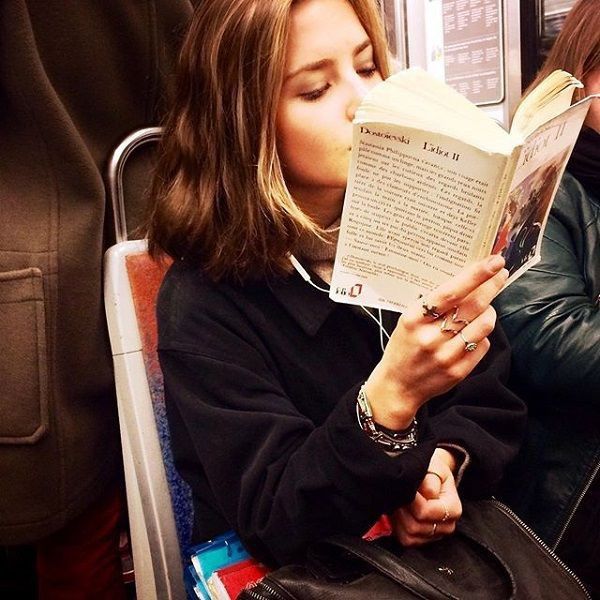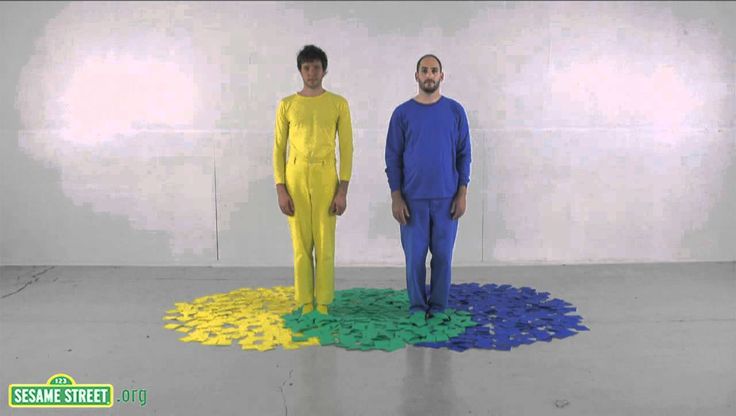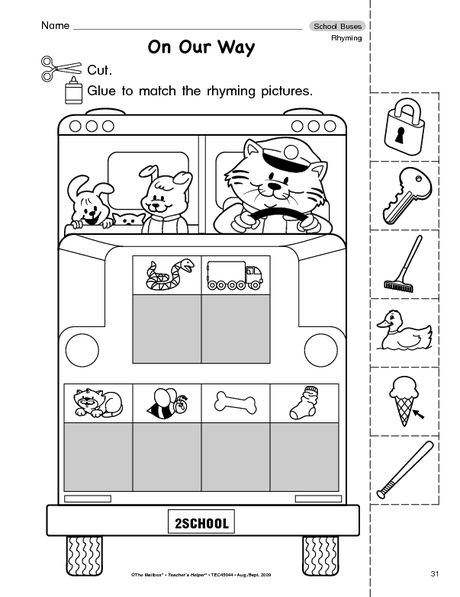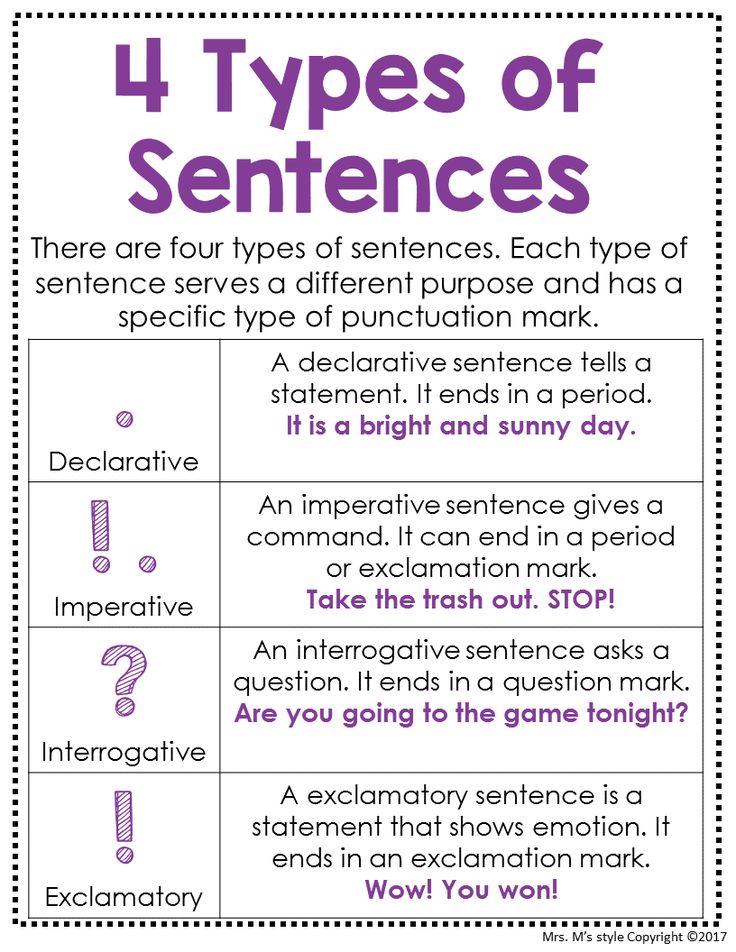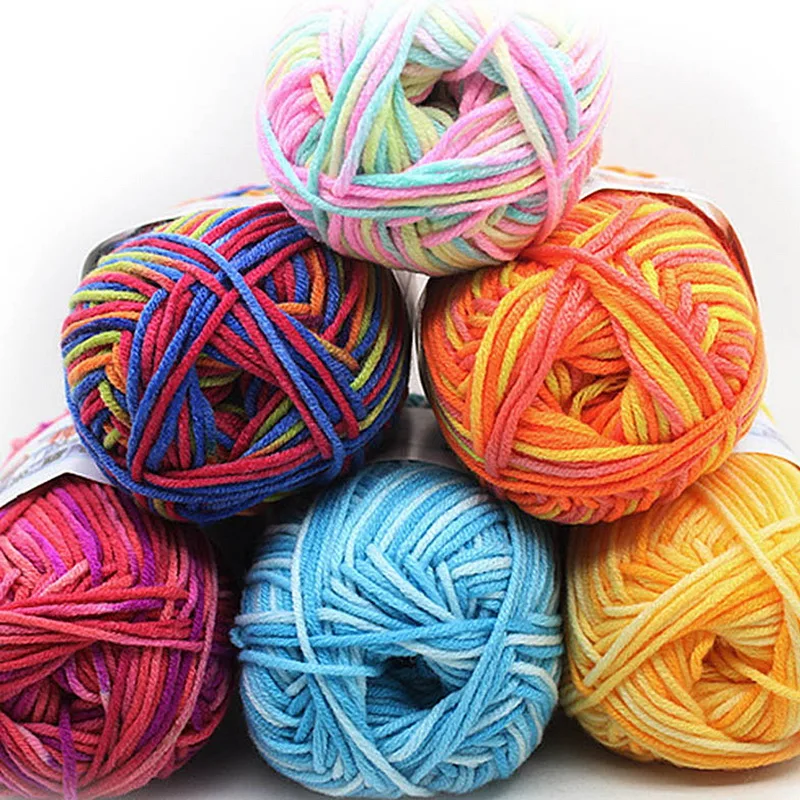Sight word activities for kindergarteners
5 Hands-On Sight Word Activities for Kindergarten
Learning letter sounds, how to blend and segment words, and various phonics skills are foundational for early reading. However, there are just some words that can’t be sounded out. Sight words are commonly used words that young readers are taught to memorize. Since these words are used in high frequency, students are encouraged to recognize them by sight. Hands-on sight word activities merge students’ kinesthetic learning with visual learning.
For many kids, sight words are one of the first steps in learning to read. And what better way to learn sight words than with some fun sight word games that don’t require worksheets?
Learning to read is complicated and intricate, especially for kindergarten students. While learning to read sight words is only one component of reading development, it is a necessary and important component.
What are sight words?
Words like the, of, you, was are all words that need to be memorized and recognized by sight. They cannot be decoded using general phonics patterns.
Some words that we consider sight words are decodable words, but occur frequently. Those are often called high frequency words, although I have found that “sight words” and “high frequency words” are terms that are used interchangeably. Words like, and, that, as, on, in are all decodable words, but are also often taught as sight words.
Which words should you consider sight words?
Well, there’s a couple of different answers. If your school district is assessing a list of words, consider that your list. If your school or district is not providing a list words, you can find various lists online, including Dolch Lists and Fry’s Lists. While Dolch and Fry’s are some of the more common lists, each reading program seems to develop its own list. Most lists are very similar.
Since it takes students so long to learn sight words, you might consider limiting sight word instruction to words that are common and irregular or not decodable.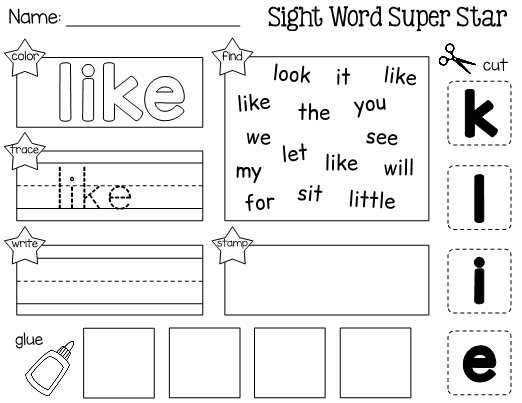 If you are teaching a phonics-based reading program alongside teaching students to memorize sight words, then they will learn how to decode
and, had, last, then, with, not, much, etc. as they progress through the reading program. Don’t waste valuable time on teaching students to memorize decodable words if you don’t have to.
If you are teaching a phonics-based reading program alongside teaching students to memorize sight words, then they will learn how to decode
and, had, last, then, with, not, much, etc. as they progress through the reading program. Don’t waste valuable time on teaching students to memorize decodable words if you don’t have to.
How do Students Learn Sight Words
There are a variety of ways for students to learn sight words. Frequent exposure is the key. You can do a read-spell-read routine whole class and in small groups. Parents can also easily learn to do this routine at home with flash cards.
All students will also benefit from using more hands-on sight word activities during your word work stations.
Here are 5 sight word activities for kindergarteners that help young learners remember high-frequency words while having fun!
1. Block Building Game
Turn a classic block building game, like Jenga, into a way for students to learn their sight words.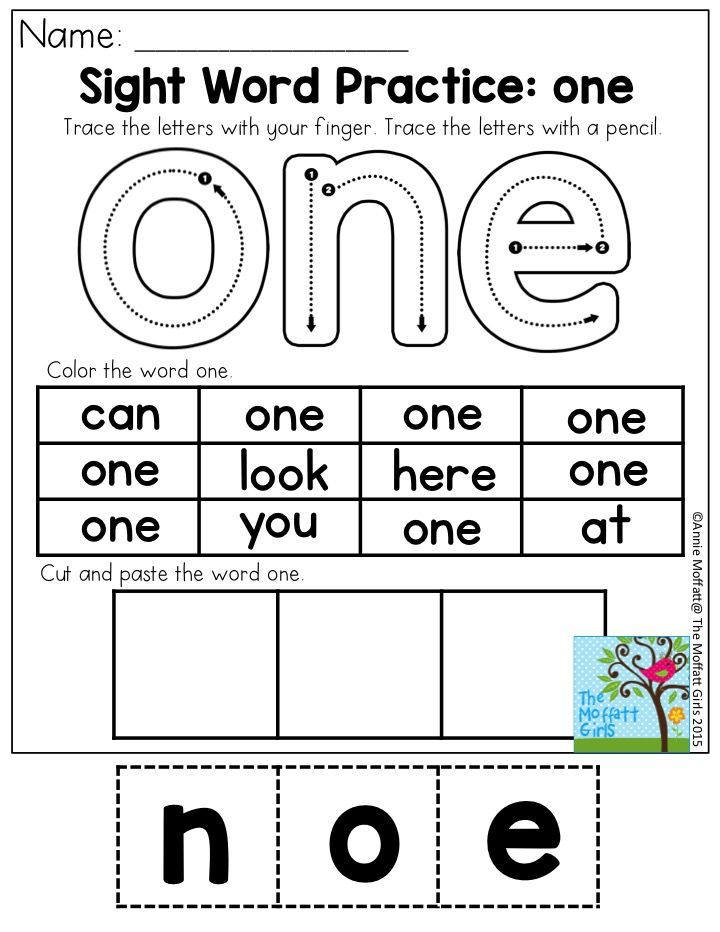 Start by writing a high-frequency word on each block. Playing the normal Jenga rules, where a player removes a block from the tower and places it on top, have the student who removes the block successfully use the sight word in a sentence before the next player takes their turn. Or for an easier version, have players read and spell the words while moving blocks.
Start by writing a high-frequency word on each block. Playing the normal Jenga rules, where a player removes a block from the tower and places it on top, have the student who removes the block successfully use the sight word in a sentence before the next player takes their turn. Or for an easier version, have players read and spell the words while moving blocks.
Download the game rules from education.com.
2. Tic-Tac-Toe
Kids love to play Tic-Tac-Toe! Add a twist by having the student read a sight word and use it in a sentence or read and spell it before adding an X or O to the board. Use sight word flashcards.
Try a variation by having students write the words along with an X or O on the board. Check out the templates and rules from sightwords.com.
3. Shaving Cream Sight Words Activities
Sometimes learning is messy! Break out the shaving cream on desks and tables, and have your students write out their sight words with their fingers. Save money on supplies by checking out a local dollar store or buying in bulk at a warehouse club store.
Clean up is easy. Just wipe down the tables and spray clean. One additional benefit is that the shaving cream acts as a soap and cleans up your table top!
A sand or salt box is another great tool to use, but a little less messy than shaving cream. Fill a small box with sand or salt. Using flash cards, have students turn over a card and draw the letters for the word in the box. The feel of the rough sand or salt helps kinesthetic learners memorize the words.
4. Use Manipulatives to Form Letters
For kinesthetic learners, using tangible items to physically form words can be an important way to show what they know! Try using Wikki Stix, playdough, or bendable straws to form words on mats or flat surfaces. Playdough is also a great medium for stamping letters to form sight words.
5. Journaling
Although open journaling or free writing may seem a little advanced for kindergarteners, you’ll be surprised with how much they can write even in the beginning stages.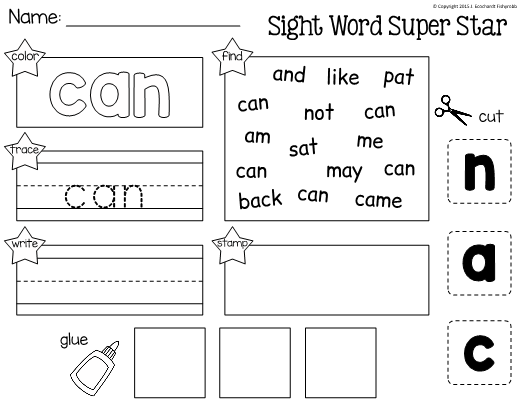
Give students a list of sight words and have them generate a story with a drawing. Or give students a seasonal topic with words and a few sight words.
Save these in a digital or paper portfolio throughout the year to measure growth. Tools like Seesaw are incredible for keeping portfolios of student work via video and other mediums.
6. Word Ladder Game
This game is perfect for kids who are just starting to learn sight words. To play, choose a simple sight word like “at” or “had.” Then, see how many other words you can make by changing just one letter. For example, starting with “at,” you might get “bat,” “cat,” “hat,” and so on. The player with the most words at the end of the game wins! This is also a great way to focus on word family words, short vowel word families, and rhyming.
To make this game kinesthetic, create hopscotch-like boxes on your classroom floor. Have students move up the ladder as they create new words.
7. Musical Sight Words
This sight word activity is similar to Musical Chairs, but with a sight word twist.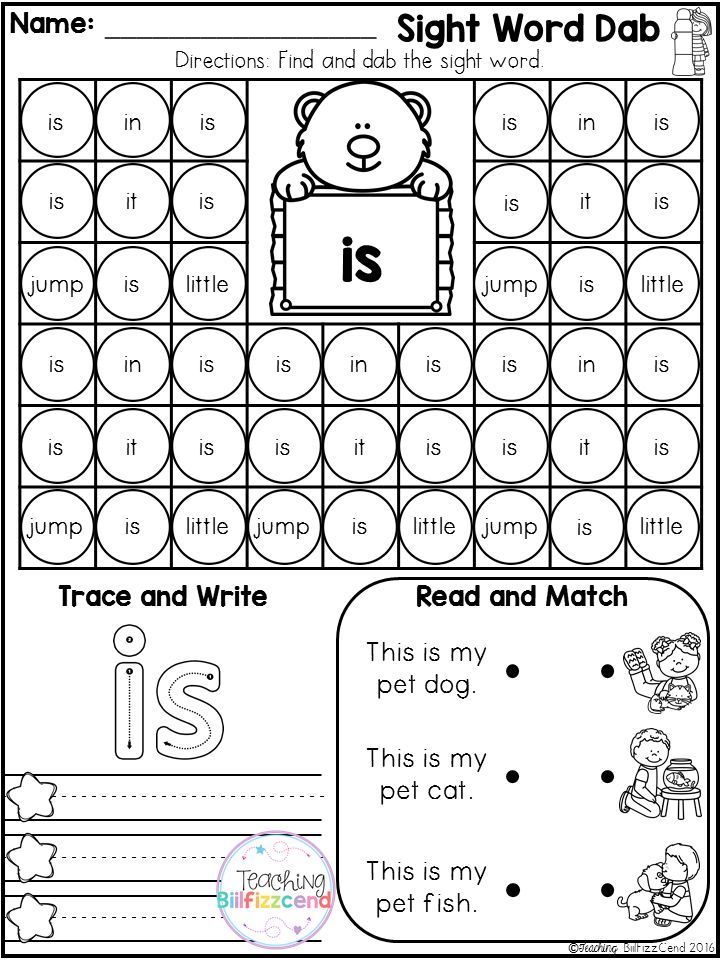 To play, write several sight words on slips of paper and put them in a hat or bowl. Then, play some music while everyone walks around the room. When the music stops, everyone must grab a slip of paper.
To play, write several sight words on slips of paper and put them in a hat or bowl. Then, play some music while everyone walks around the room. When the music stops, everyone must grab a slip of paper.
Once everyone has a word, they must stand up and spell it out loud. The player who spells their word correctly first gets to stay in the game; the rest are out! The last player standing is the winner.
Instead of requiring spelling, you can just ask students to read the word. Remove one word each round to eliminate students as you would during a regular musical chairs game.
These 5 7 sight word activities for kindergarteners will help your students learn their first sight words in no time. They are just a few ideas to get you started. With a little creativity, you can come up with all sorts of fun games to help your child learn their sight words.
Do you want some more ideas?
Here are five more additional resources to help teach sight words in your classroom!
- Dolch Sight Word Lists
- Dolch Sight Word Assessment
- Fry Sight Word Lists
- Online Sight Word Games
- Free Sight Word Apps
If you are looking for a tool for parents to use at home, these Sight Word Practice Cards provide small doses of daily practice and a routine for parents to easily implement.
I created these phonics readers to use with my own kindergartener at home. Although they focus on specific word families and phonics patterns, the resource also introduces two new sight words per word family. Sight words are learned and read along with the phonics patterns.
What activities do you use to teach sight words in your classroom? I’d love to hear about them in the comments below!
Are you interested in additional blog posts about teaching early reading? Here are a few more!
25+ Fun Sight Word Activities For Kindergarten
Sight words. It’s a term that every Kindergarten teacher knows and most likely uses in his/her classroom. Sight words are very important to beginning readers, as sight words make up the majority (up to 75%) of beginning children’s print materials. And since many sight words cannot be sounded out or decoded, teaching students to identify and ‘read’ sight words, makes reading fluently more attainable, since students recognize words automatically.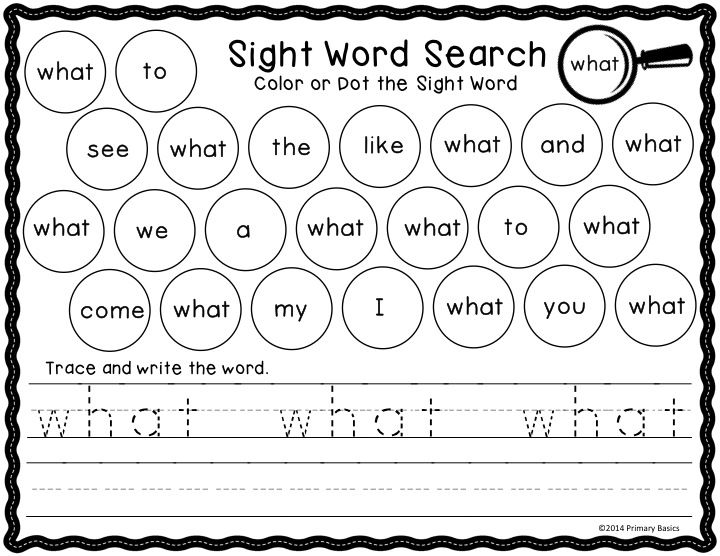 We’ve put together a list of our favorite sight word activities for the Kindergarten classroom!
We’ve put together a list of our favorite sight word activities for the Kindergarten classroom!
The Best Sight Word Activities For Kindergarten
Sight words are a majority of the core to kindergarten literacy curriculum. Because of this, the activities need to be exciting and have variety. So I went on the hunt to fill my Sight Word Activity Idea Bank and decided to share my favorites with you.
Building Sight Words Activity
I created this fun sight word activity using lego-style building blocks. How fun is that? And my favorite part is that it was inexpensive! Download the FREE Response sheet below.
Prepping this activity is super easy. Grab some building blocks and a permanent marker. On the long blocks, write the whole word. For instance, S-E-E will be written on the long block. Then three small blocks will have individual letters, one for S, one for E and another for E. Create these for all of the sight words you would like to work on. Additionally, print the recording sheets.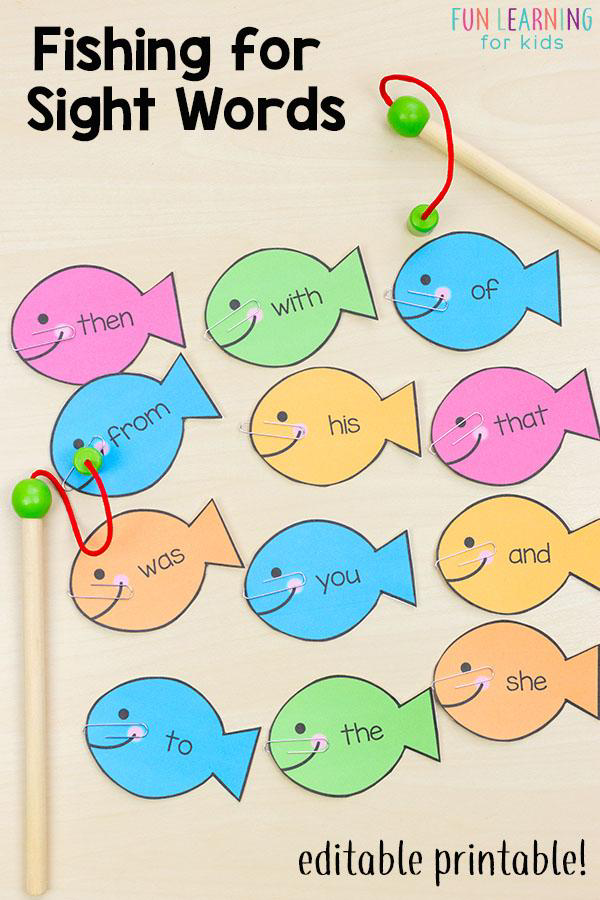 You may laminate for extended use.
You may laminate for extended use.
Students will find the small blocks and attach the correct letters to the long blocks to create a word. Then they will write the word they created on the recording sheet.
Looking for building blocks?
Check out these small sized ones and these larger sized ones from Amazon.
Sight Word Kit for Little Learners
This Sight Word Kit for Little Learners is a lifesaver for teachers, families, and students!
Finding a simple system for sight words has always been a challenge for me. Every teacher seems to have their own way of giving and assessing sight words. I’ve tried several different ways, but it all seemed cumbersome…until I figured out THIS system.
Hidden Sight Words: Year Long Bundle
I use these YEAR LONG hidden sight word hunts in my ABC Word Work station and they are a favorite among the students! With 40 Different Sight Word Sheets, this is exactly what you need! Plus it’s EDITABLE, so you can add your own sight words to each page!
Sight Word Play Doh Mats
Check out these Sight Word Play Doh Mats.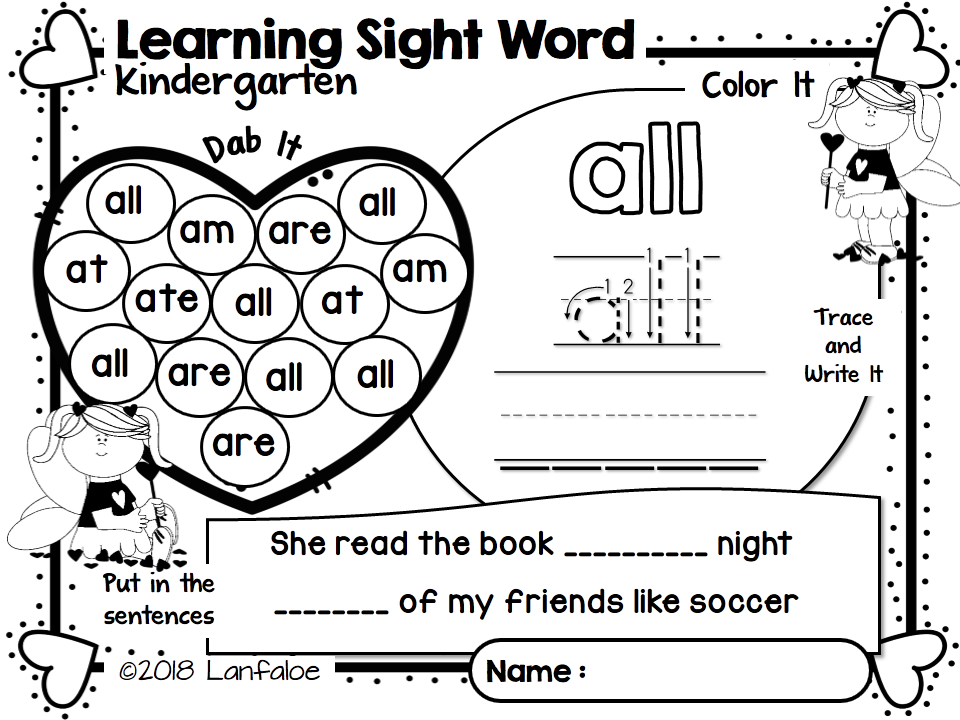 Each mat includes a place to make sight words with playdoh; a sight word sentence to read, as well as circle the sight word; and a writing block to practice writing the sight word or creating a new sight word sentence. These mats are perfect to use when learning and mastering sight words and can easily be differentiated by requiring the written sight word or a new sight word sentence. Research shows that students learn best when ‘doing’ , or when they are using multiple modalities to practice a skill.
Each mat includes a place to make sight words with playdoh; a sight word sentence to read, as well as circle the sight word; and a writing block to practice writing the sight word or creating a new sight word sentence. These mats are perfect to use when learning and mastering sight words and can easily be differentiated by requiring the written sight word or a new sight word sentence. Research shows that students learn best when ‘doing’ , or when they are using multiple modalities to practice a skill.
There are 50 sight words included but also 8 editable mats to add your own words and sentences.
More Sight Word Activities For Kindergarten
If you’re just beginning to introduce sight words into your classroom, or need a little refresh, read this! These activities are all relatively simple to prep, engaging for students and will help them strengthen multiple skills, including those associated with sight words.
Click on above pictures to go to posts.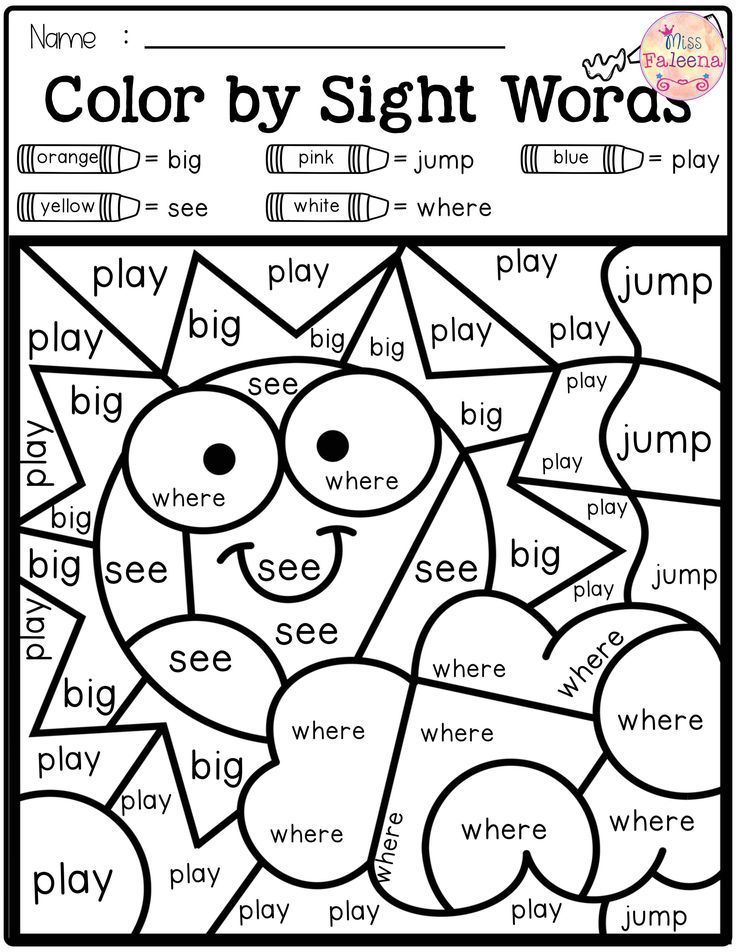
Our Favorite Sight Word Books
Bob Books: Sight Words
Come See My Bugs
The Dog
Non-Fiction Sight Reader Pack
We Are The Monsters
Tagged engaging activitiesfreebiesgamesliteracy centerssight words
Games and games with low mobility for preschool children
Consultation for parents MDOU D/S 231
Topic: Games and game exercises of low mobility for preschool children
Author: Tochenykh VV, physical education instructor.
Yaroslavl, 2015
Sedentary games are used as an independent form of work on physical education. The purpose of sedentary games and game exercises is:
- decrease in physical activity, i.e., a gradual transition from an excited state to a calmer one;
- removal of general fatigue, motor tension of the muscles of the hands, flexibility and mobility of the fingers, coordination of the movements of the arms and legs;
- development of mindfulness, ingenuity, memory, observation, dexterity, speed of reaction;
- strengthening the cardiovascular, muscular, respiratory and other body systems;
- orientation in space;
- formation and consolidation of motor skills;
- getting pleasure and creating a good mood;
- preservation and strengthening of the health of preschool children;
- increasing interest in physical culture and a healthy lifestyle.
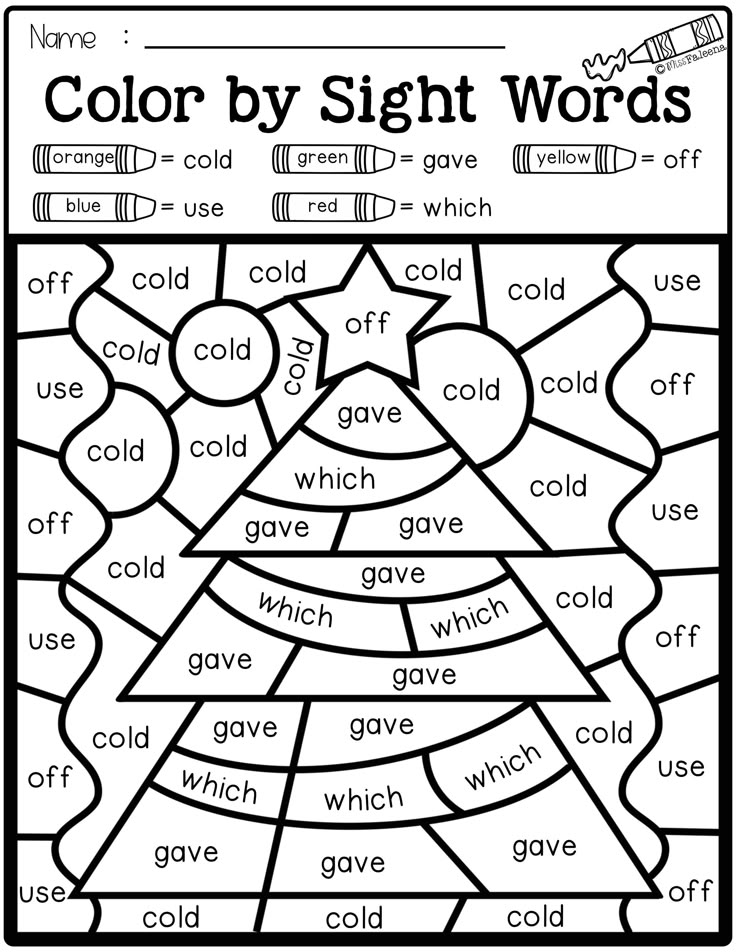
In sedentary games, movements are performed at a slow pace, their intensity is insignificant.
The specifics of this type of games are: the way children are organized (circle, loose, line, etc.), the movements that are included in the game, the method of playing the game (choosing a game, venue, preparing for the game, gathering children for the game, explaining the game, conducting game, the end of the game), the pace at which it is played (slow), the number of repetitions of movements (3-6 times).
Games of low mobility contribute to the development of memory, ingenuity and observation, coordination of movements, orientation in space and motor skills. In addition, they give children pleasure, create a good mood, which is important. Games of low mobility are held with all children simultaneously at a physical education lesson (in its third part), leisure and holidays, daytime and evening walks, in the process of physical culture minutes and physical culture pauses, and independent motor activity of children.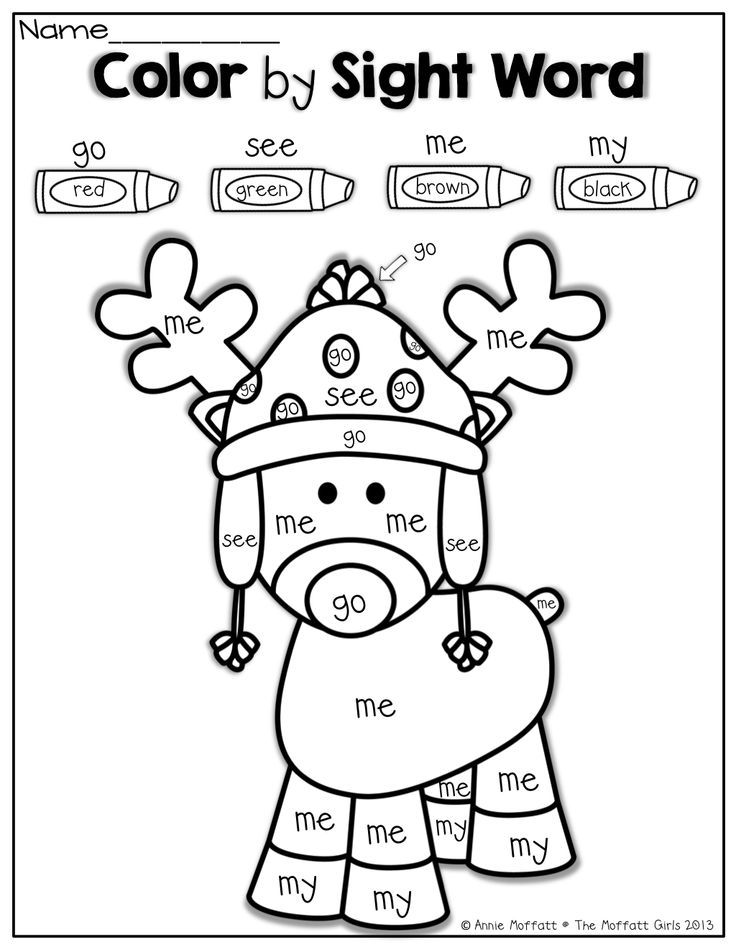
Games and game exercises of low mobility for the younger group.
1. "Bunny"
One of the players is designated as a bunny. Everyone else becomes in a circle.
Bunny, Bunny, what's wrong with you?
You are sitting quite sick,
You get up and dance,
Here, have a carrot.
At the last phrase, “bunny” takes a carrot (it can be a painted carrot, a ribbon, etc.) and performs dance moves, everyone else clap. Then the "bunny" changes.
2. Find a toy
The teacher hides the toy somewhere in advance and offers to look for it. Anyone who notices where the toy is located approaches the teacher and quietly tells him about it. When most of the children cope with the task, the teacher allows you to go to the toy and bring it.
3. "Silence".
Game progress. Walking in a column one by one around the hall, pronounce the following:
Silence by the pond,
The grass does not sway.
Don't make noise reeds,
Fall asleep kids.
At the end of the poem, the children stop, crouch, bow their heads and close their eyes. After a few seconds, the teacher says: “Kwa-kva-kva!” - and explains that the frogs woke the guys up, they woke up, got up and stretched. The game starts over.
4. "Bubble".
The children, together with the teacher, hold hands and form a small circle, becoming close to each other, then they say:
Inflate, bubble,
Puff up big
Stay like this
Don't crash. At the same time, everyone expands the circle and holds hands until the teacher says: “The bubble has burst!” Children put their hands down and squat down, saying, "Clap."
5. "Don't wake up the bear!"
Children form a circle holding hands. In a round dance they go in a circle with a teacher who pronounces the text. Like snow on the hill, snow and under the hill snow, snow. (They turn in the opposite direction, walk in a round dance.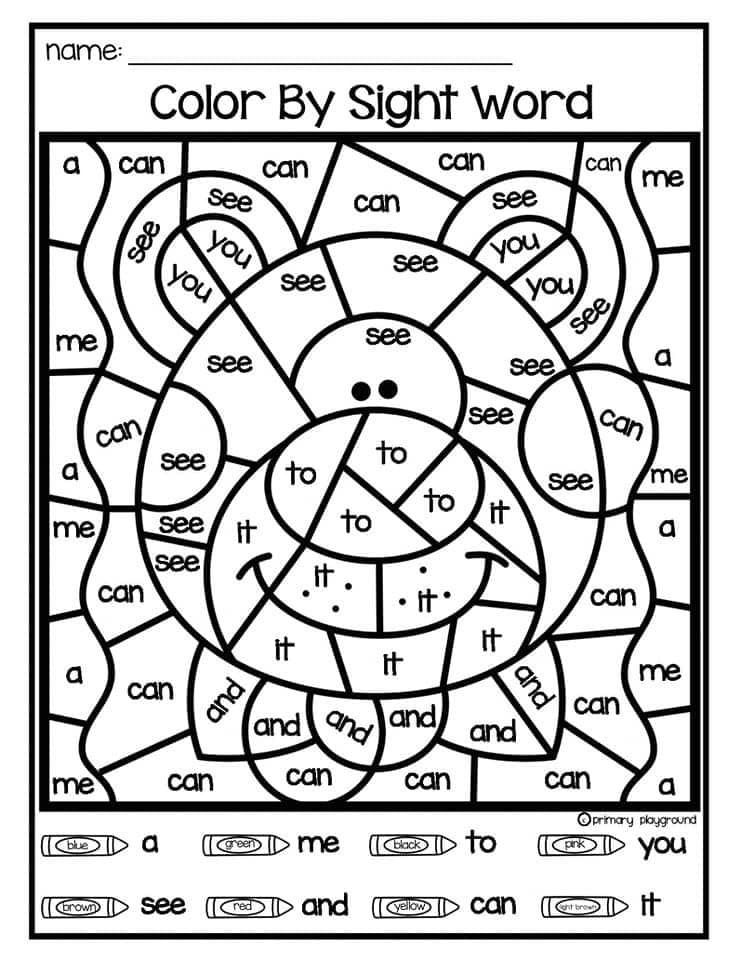 ) And under the tree there is snow, snow, And on the tree there is snow, snow. (They go to the center of the circle.) And under the tree, the bear is sleeping. Hush hush! Don't wake up, sit down, don't make noise! (They squat down.)
) And under the tree there is snow, snow, And on the tree there is snow, snow. (They go to the center of the circle.) And under the tree, the bear is sleeping. Hush hush! Don't wake up, sit down, don't make noise! (They squat down.)
6. "The cat came up to the stove"
Children form a circle holding hands. Together with the teacher they go in a circle. The cat came up to the stove, The cat came up to the stove. He found a pot of porridge, he found a pot of porridge there. (They walk in a circle in the other direction, holding hands.) And on the stove, kalachi, Oh, delicious and hot! (They stop, turn to face the center of the circle, clap their hands.) Pies are baked in the oven (tilt forward, hands forward, palms up), They are not given to hands. (They straighten up, hide their hands behind their backs.)
7. "The king was walking through the forest"
Children stand in a circle, holding hands. The king walked through the forest, Through the forest, through the forest.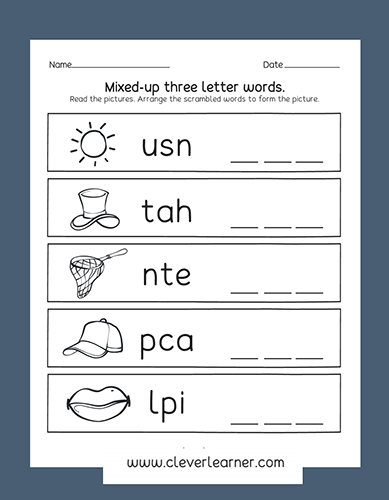 (Walking in circles.) I found myself a princess, princess, princess. Let's jump with you, let's jump, let's jump. (Jumping on two legs in place.) And we kick our legs, we jump, we jump. (Throw straight legs forward.) And clap your hands, clap, clap. (They clap their hands.) And stomp our feet,
(Walking in circles.) I found myself a princess, princess, princess. Let's jump with you, let's jump, let's jump. (Jumping on two legs in place.) And we kick our legs, we jump, we jump. (Throw straight legs forward.) And clap your hands, clap, clap. (They clap their hands.) And stomp our feet,
Let's drown, let's drown. (Stomp their feet in place.)
8. "Flies - does not fly"
Children sit or become a semicircle. The facilitator names various items. If it is something that flies, the children raise their arms up or to the sides; if something that does not fly, give up. The leader can deliberately make mistakes in movements, many, imitating him, can also make mistakes. The task of children is to resist and not make mistakes.
9. "It's me!"
The teacher shows the children how to perform the movements, expressively pronounces the text. Children perform movements, imitating an adult. These are eyeballs. Here! Here! (They show first the left, then the right eye.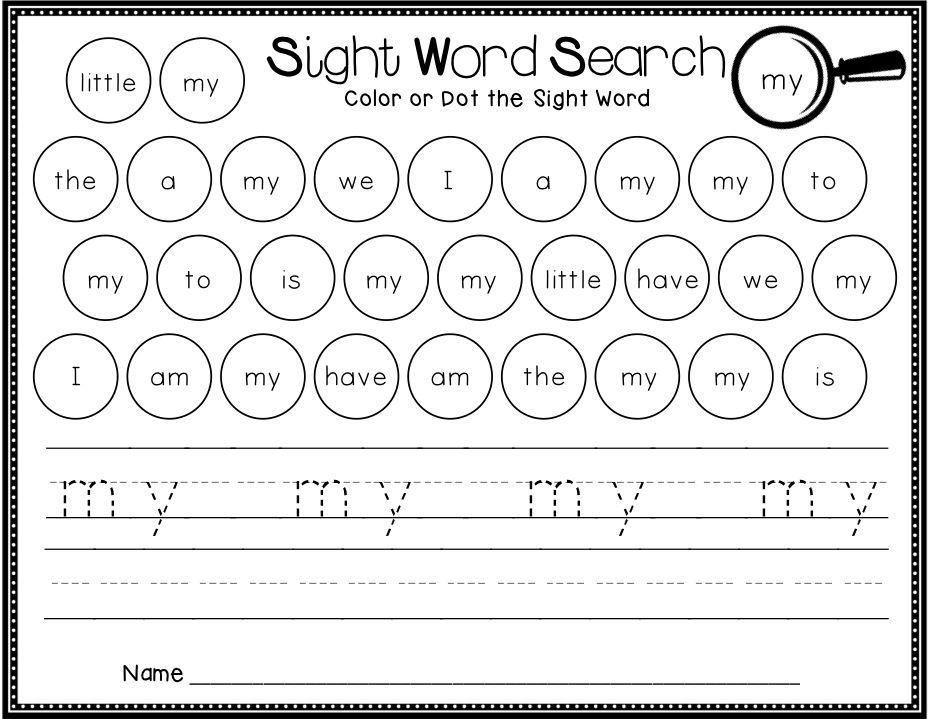 ) These are the ears. Here! Here! (First they take the left ear, then the right.) This is the nose! It's a mouth! (They show the mouth with the left hand, the nose with the right.) There is the back! There's a belly! (The left hand is placed on the back, the right hand on the stomach.) These are pens! Clap clap! (They extend both hands, clap twice.) These are the legs! Top, top! (They put their palms on their hips, stomp twice.) Oh, they are tired! I'll wipe my forehead. (The right palm is passed over the forehead.)
) These are the ears. Here! Here! (First they take the left ear, then the right.) This is the nose! It's a mouth! (They show the mouth with the left hand, the nose with the right.) There is the back! There's a belly! (The left hand is placed on the back, the right hand on the stomach.) These are pens! Clap clap! (They extend both hands, clap twice.) These are the legs! Top, top! (They put their palms on their hips, stomp twice.) Oh, they are tired! I'll wipe my forehead. (The right palm is passed over the forehead.)
10. "Once upon a time there were bunnies"
Children stand in a circle or scattered. The teacher shows the movements and reads the text, the children repeat the movements.
Once upon a time there were bunnies (They show rabbit ears with their hands.)
At the edge of the forest, (Shake hands.)
Once upon a time there were bunnies (They squat and show the roof of the house with their hands above their heads.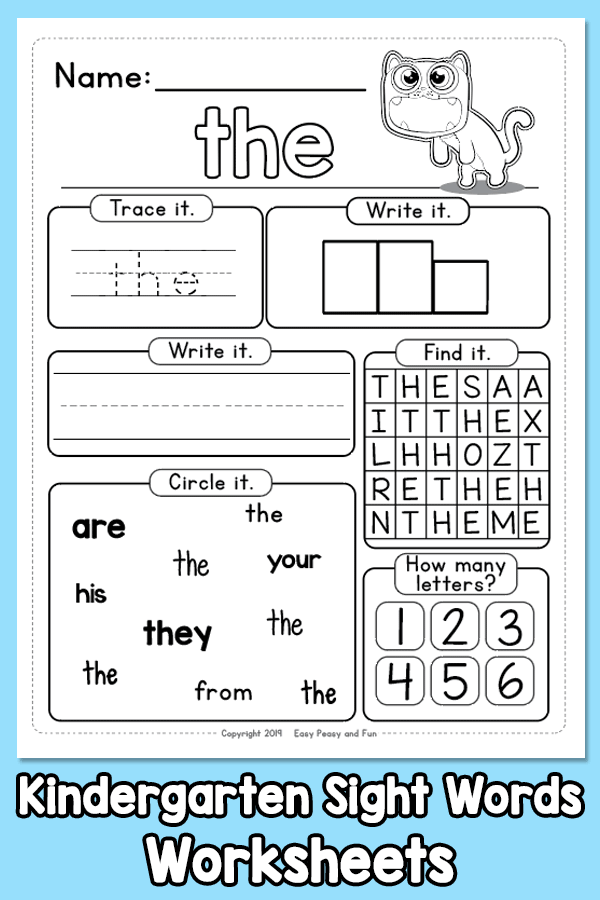 )
)
In a small hut, We washed our ears, (Rubbing ears.)
Wash your paws (stroking hand movements)
Bunnies dressed up, (Hands on the belt, turns left and right.)
They put on slippers. (Alternately put the feet on the heels.)
11. "Met"
For each line, alternately connect the fingers of the right and left hands, starting with the little finger.
On the last line, show the horns by stretching out the index fingers and little fingers.
Two kittens met: "Meow-meow!",
Two puppies: “Bow-wow!”,
Two foals: "Igo-go!",
Two tiger cubs: "Rrrr!",
Two bulls: "Moo!"
Look what horns!
12. "The cat releases its claws"
On the count of “one”, press the pads of your fingers to the top of your palm and hiss like an angry cat: “Shhh!”
On the count of “two”, quickly straighten and spread your fingers, meow like a contented pussy: “Meow!”.
Repeat the game, each time turning into an angry, then into a good-natured kitten.
Games and game exercises of low mobility for the middle group.
1. "Where they knocked."
The children stand in a circle with their hands behind their backs. The driver goes to the middle and closes his eyes. The teacher silently walks around behind the children, stops near one of the children, hits the drum 2 times and puts a handkerchief in the child’s hands, steps aside and says: “It’s time!”. The person standing in the circle must guess who has the handkerchief hidden. A new driver is selected, the game resumes.
2. Gawkers
Children walk in a circle one after another. At the signal of the leader "Stop!" stop, make four claps, turn 180 degrees and start moving in the opposite direction. The one who makes the mistake is out of the game.
3. Game exercise "Snowstorm".
Children line up one at a time. Educator - "Metelitsa" becomes ahead of the column.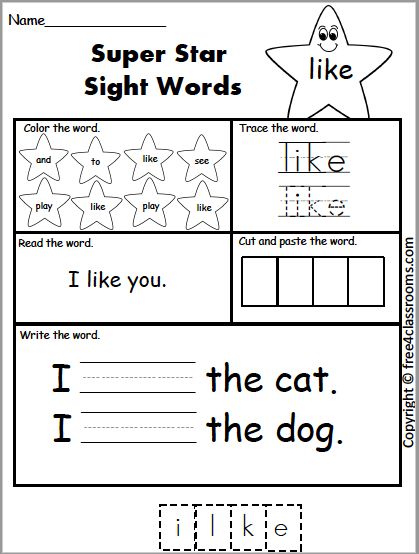 Everyone joins hands and, without breaking the chains, moves at a moderate pace after the teacher. "Metelitsa" leads children between play buildings on the site, various objects. After a while, everyone stops and rests; the exercise is repeated.
Everyone joins hands and, without breaking the chains, moves at a moderate pace after the teacher. "Metelitsa" leads children between play buildings on the site, various objects. After a while, everyone stops and rests; the exercise is repeated.
4. "Ball".
Children sit in a circle on a carpet (diameter of the circle is 2 m) and roll a ball (ball) over the circle. The child standing in the middle tries to intercept the ball. If he succeeds, the one who rolled the ball unsuccessfully goes to the middle instead of him.
5. "Edible-inedible"
Children stand in a circle. The driver says the word he has conceived and throws the ball to one of the children. If something edible is planned (fruits, vegetables, sweets, milk, etc.), then the child to whom the ball was thrown must catch it (“eat”). If the word means something inedible, the ball cannot be caught. The child who did not complete the task becomes the driver, and the game is repeated.
6. "Come with us!"
Children are scattered.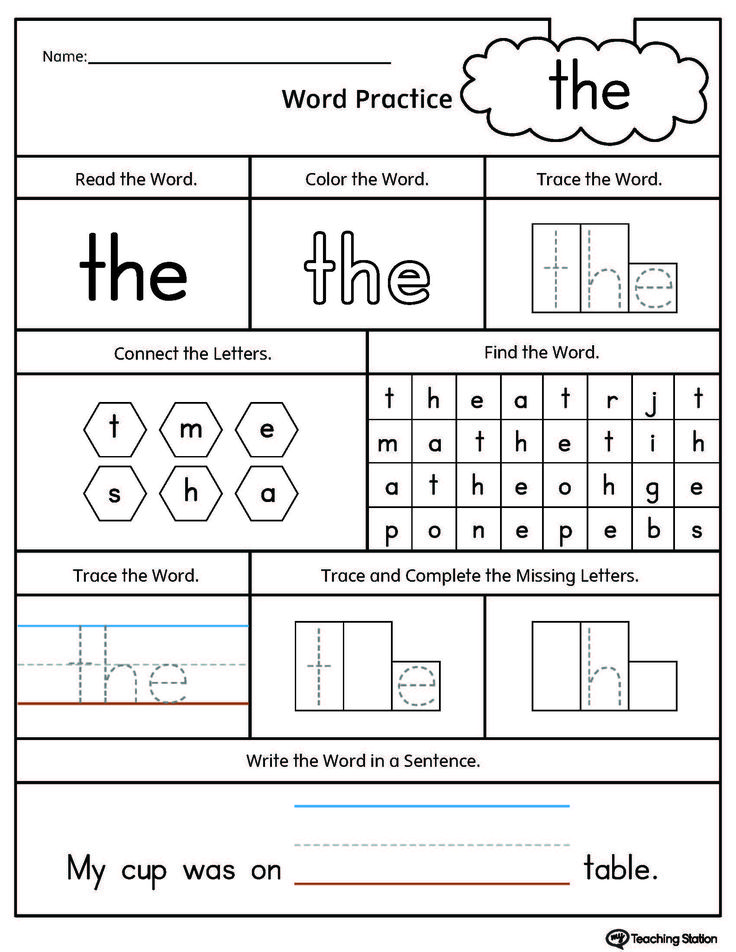 The teacher, together with the children, pronounces the text and shows the movements. Let's join us (raise their hands to the sides) Stomp their feet (stomp their feet while standing still), Clap their hands (clap their hands). Today is a good day! (Raise straight arms up - to the sides.)
The teacher, together with the children, pronounces the text and shows the movements. Let's join us (raise their hands to the sides) Stomp their feet (stomp their feet while standing still), Clap their hands (clap their hands). Today is a good day! (Raise straight arms up - to the sides.)
7. "Low-high"
Children stand in a circle. Adult. We decorated the Christmas tree with different toys, and different Christmas trees grow in the forest: wide, low, high, thin. I will say: high - raise your hands up; low - squat and lower your hands; wide - make the circle wider; thin - make a circle already. The game will be more fun if the adult tries to confuse the children.
8. "Do the opposite!"
Children are scattered around the room. The teacher shows the movements, the children must repeat them, but in the opposite direction. For example, the teacher leans to the right, the children to the left; the teacher takes a step forward, the children take a step back, etc.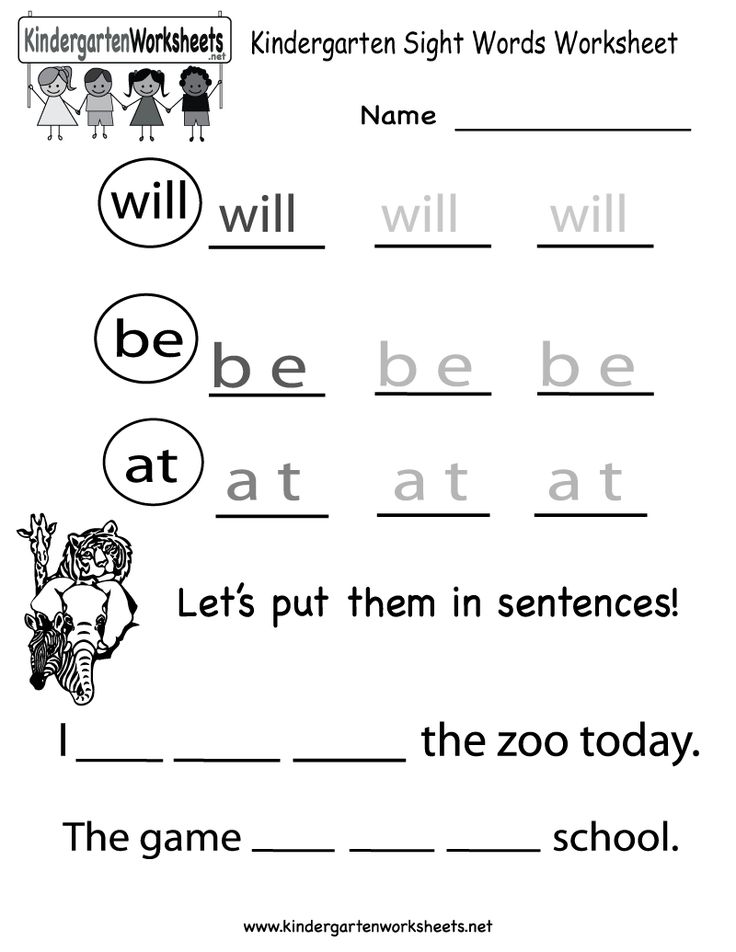
9. "Vegetables and fruits"
Children stand in a line or scattered around the room. The teacher names various vegetables (children should quickly sit down) and fruits (raise their hands). Those who make a mistake take a step forward. The kids with the fewest mistakes win.
10. Weather vane
The players stand in a line or scattered. The teacher calls the cardinal directions, each corresponds to a certain action: north - hands on the belt; south - hands on head; east - hands up; west - hands down.
11. Balloon
Children form a circle holding hands. Together with the teacher they go in a circle. I went to the store with my mother, bought a balloon there. Let's inflate the balloon, Let's play with the balloon. (They stop, turn to face the center of the circle, hold hands, perform a “spring”.)
Balloon, inflate! Balloon, inflate! (They walk back with small steps - inflate the balloon.) Inflate big Don't burst! (They clap their hands.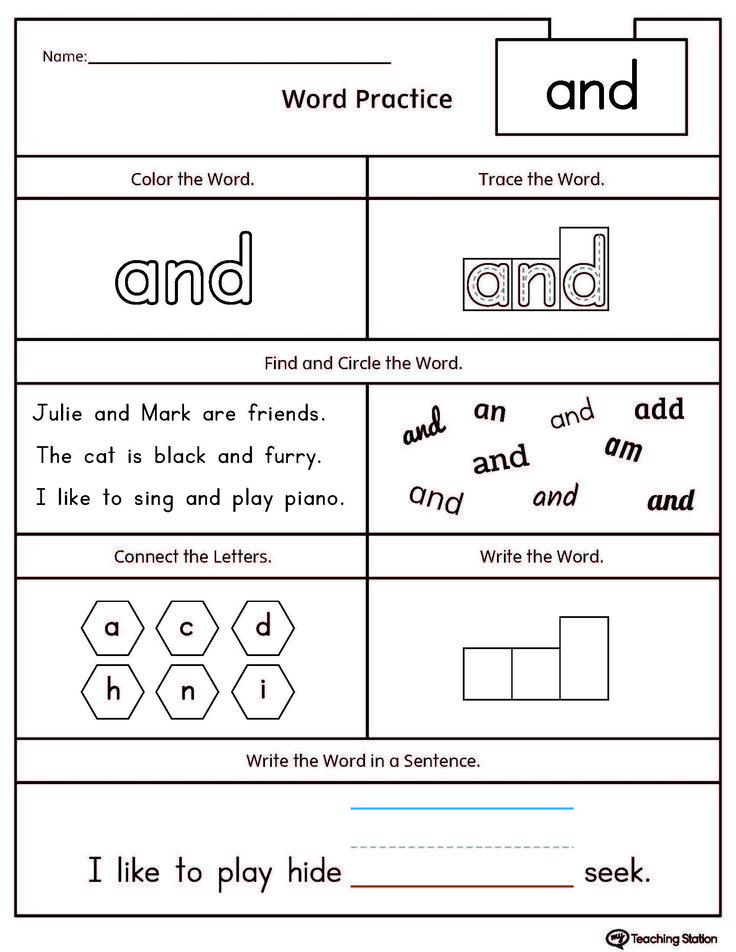 ) The balloon flew away, Yes, it hit a tree And ... burst! Raise their hands, shake them from side to side; then they put their hands on their belts, slowly squat down, saying: "Shhhhh."
) The balloon flew away, Yes, it hit a tree And ... burst! Raise their hands, shake them from side to side; then they put their hands on their belts, slowly squat down, saying: "Shhhhh."
12. "Guess whose voice" The players stand in a circle; the driver goes to the middle, closes his eyes. Children walk in a circle, reading a poem: We made everyone in a circle, we will suddenly turn around at once. And as we say: lope - lope - lope, guess whose voice. The words "skok - skok - skok" are pronounced by the child whom the teacher touched. If the child makes a mistake, he closes his eyes again. The game is repeated. Children walk in a circle in the other direction.
Games and game exercises of low mobility for the senior group.
1. "Missing Pens"
The teacher shows the movements and says the text, the children repeat the movements.
My pens are gone. (Hide hands behind back.)
Where are you, my hands? (Look around.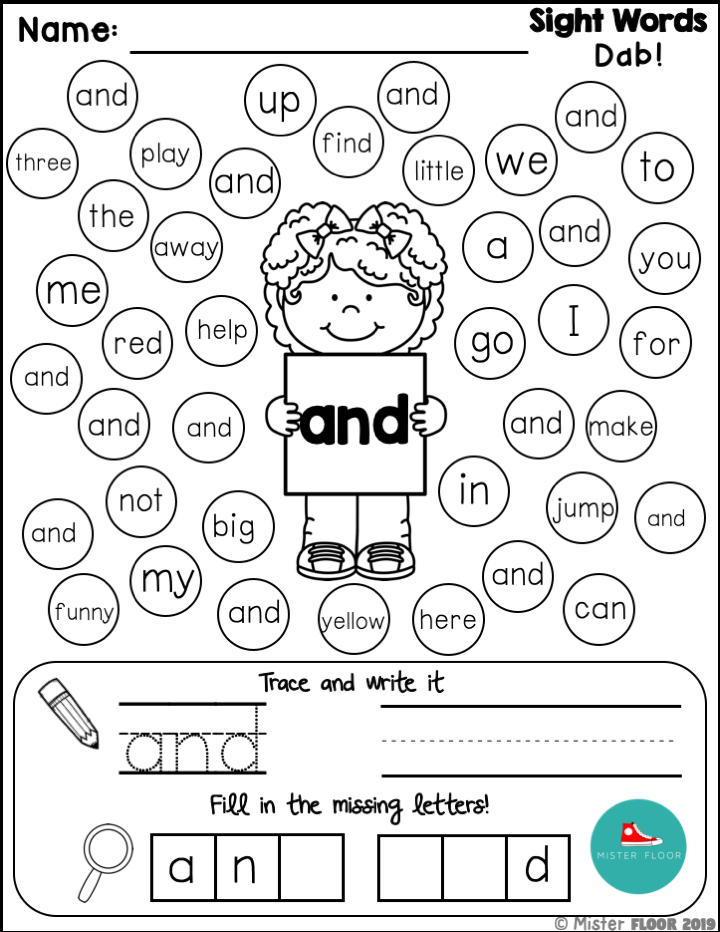 )
)
One, two, three, four, five,
Show me again. (Show hands, pull forward, twirl them.)
My legs have disappeared. (Sit down.)
Where are you, my legs? (Cover the legs with the arms.)
One, two, three, four, five,
Show me again. (Get up, jump on the spot.)
2. "Two girlfriends"
Children stand in a circle or scattered. The teacher shows the movements and says the text, the children repeat the movements.
Two girlfriends on the lawn: (Slap on the knees.)
"Kwa-kva-kva, kva-kva-kva." (Clap hands.)
Two green frogs: (Slap on the knees.)
“Kwa-kva-kva, kva-kva” (Clap hands.)
"Qua!" (Stomp with one foot.)
They sing songs in chorus: (They fold their palms and slightly “open” them - this is a mouth.)
“Kwa-kva-kva”, (Clap hands.)
“Kva-kva-kva”, (They stamp their feet several times.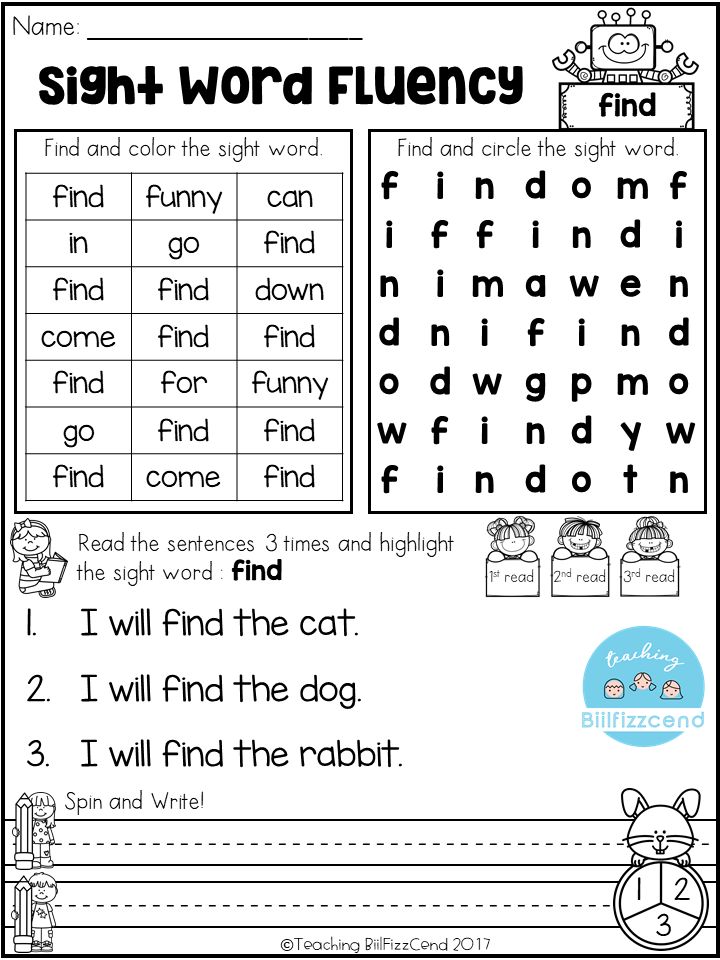 )
)
And they interfere with sleep. (They threaten with a finger.)
"Kwa-kva-kva-kva-kva" (Clap hands.)
"Qua!" (They make one flood.)
3. "Tree, bush, grass"
Children form a circle and move in a circle.
The teacher explains the rules of the game: for the word "tree" the children raise their hands up, for the word "bush" they spread them to the sides, for the word "grass" they lower their hands down, touching the floor.
An adult pronounces words at random, children perform the corresponding movements. Whoever makes a mistake is out of the game.
4. "House"
Children stand in a circle or scattered. The teacher shows the movements and says the text, the children repeat the movements.
There is a house on the edge, (They fold their palms in a “house” over their heads.)
There is a lock hanging on the doors, (They close their hands “in the lock”.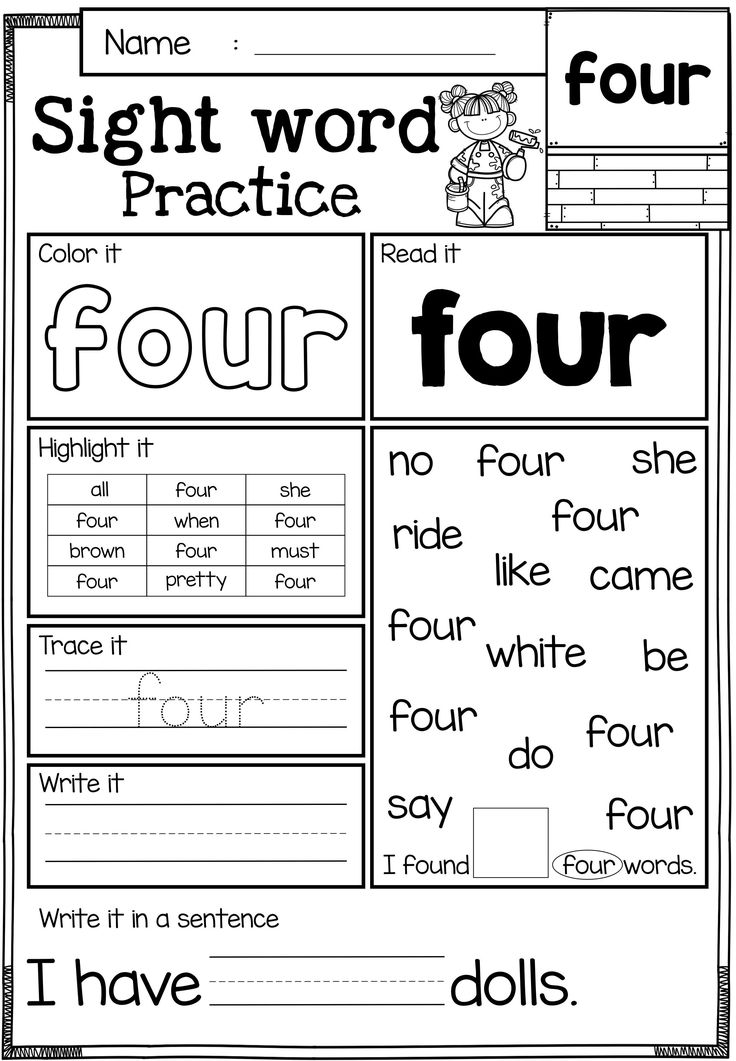 )
)
Behind the door is a table, (Cover the cam of the left hand with the right palm.)
Palisade around the house. (Hands in front of you, fingers spread out.)
“Knock-knock-knock – open the door!” (They tap their fist on the palm.)
" Come in, I'm not evil!" (Arms to the sides, palms up.)
5. Herringbone
Children stand in a circle or scattered.
The teacher shows the movements and says the text, the children repeat the movements.
Our Christmas tree is beautiful, (They walk in a circle, holding hands.)
She rose to the sky, (They stop, stretch their arms up.)
Slender beauty, (They walk in a circle again, holding hands.)
All the guys like it. (Stop.)
6. "Cabbage - radish"
The teacher explains the rules of the game: you need to raise your hands to the word “cabbage”, and clap your hands to the word “radish”.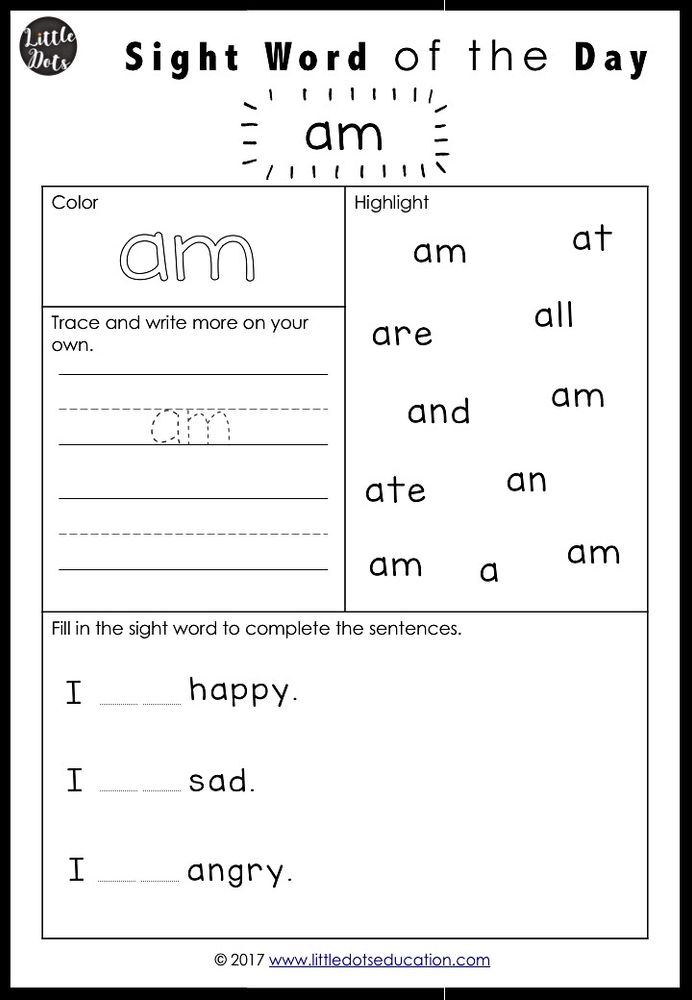 Then the adult pronounces these words in random order, and the children perform the movements. You can complicate the game by speeding up or adding another word (for example, the word "carrot" - jump in place).
Then the adult pronounces these words in random order, and the children perform the movements. You can complicate the game by speeding up or adding another word (for example, the word "carrot" - jump in place).
7. "The cat came up to the stove"
Children form a circle, hold hands. The teacher stands in a circle with the players. The teacher shows the movements and says the text, the children repeat the movements.
The cat came up to the stove,
The cat came up to the stove. (They walk in a circle, holding hands.)
He found a pot of porridge,
I found a pot of porridge there. (They walk in a circle in the other direction, holding hands.)
And on the stove kalachi,
Oh delicious and hot! (They stop, turn to face the center of the circle, clap their hands.)
Pies are being baked in the oven, (Bend forward, arms forward, palms up.)
They are not handed out.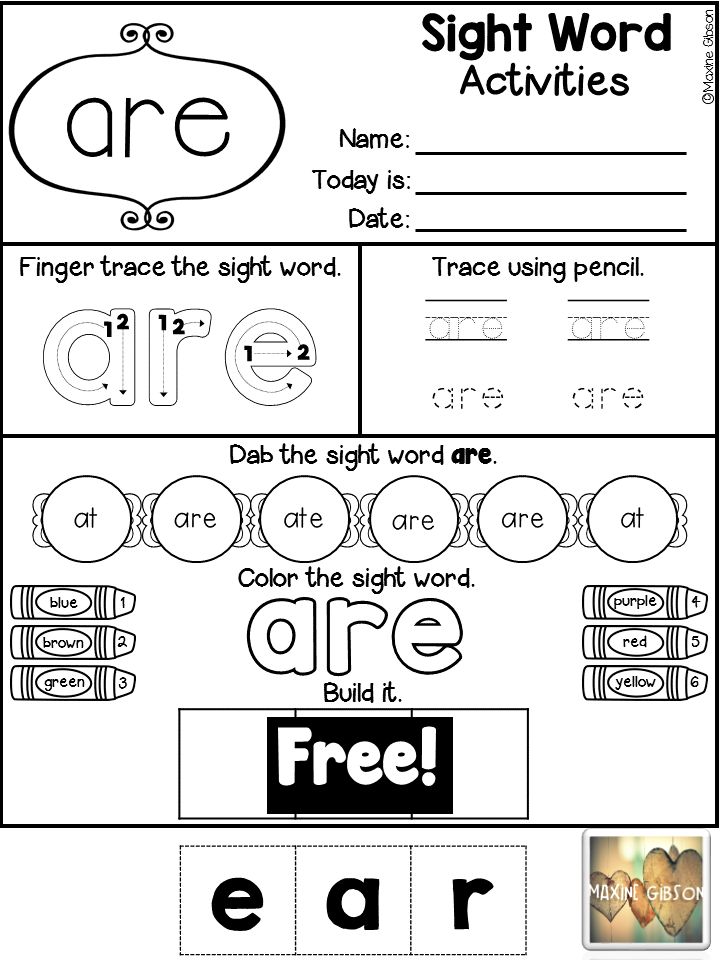 (They straighten up, hide their hands behind their backs.)
(They straighten up, hide their hands behind their backs.)
8. "Vegetables and fruits"
Children stand in a line or scattered.
The teacher names various vegetables and fruits. If a vegetable is named, then the children should quickly sit down, and if a fruit, raise their hands up. Players who make a mistake take a step forward.
The players with the fewest mistakes win.
9. "On the track"
Children stand in a circle or scattered. The teacher shows the movements and says the text, the children repeat the movements.
One, two, three, four, five,
Let's stretch our legs.
We are walking on the road,
Raise your legs higher. (Walking in place.)
And along the same track
We jump on the right leg. (Jumps on the right foot.)
And now a little more
Let's jump on the other leg. (Jumps on the left leg.)
Let's run along the path,
Let's run to the lawn. (Running in place.)
(Running in place.)
On the lawn, on the lawn
We jump like bunnies. (Jumping in place on two legs.)
We clap our hands,
Let our feet dance. (Free dance moves.)
Stop. Let's sit down and rest. (Squat.)
And we'll walk back. (Walking in place.)
10. "Handles - legs"
Children are scattered.
The teacher shows the movements and says the text, the children repeat the movements.
Everyone clapped their hands - (Clap their hands.)
Friendly, more fun! (Knocking feet.)
Our feet pounded
Louder and faster.
Let's hit the knees - (Slap on the knees.)
Hush, hush, hush.
Handles, handles raise - (Slowly raise hands.)
Higher, higher, higher!
Our pens are spinning, (They turn the hands to the right, then to the left.)
Were down again.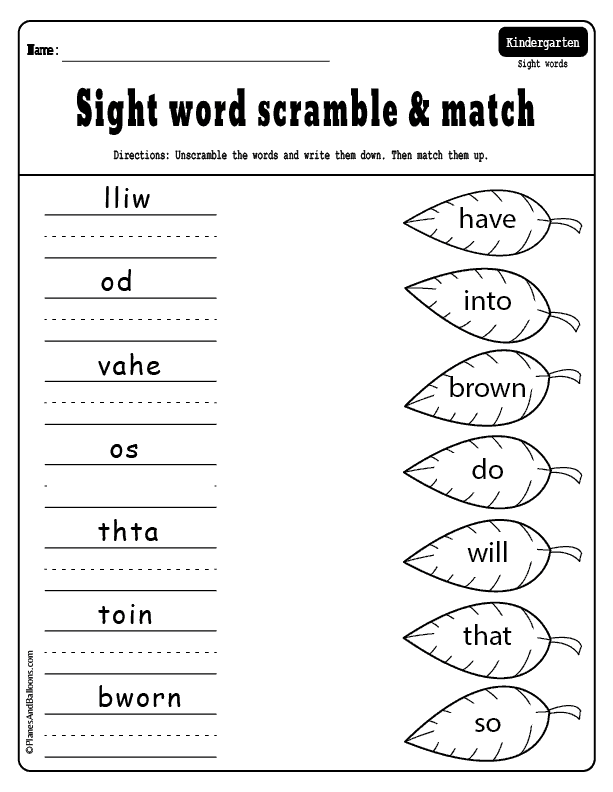 (They lower their hands.)
(They lower their hands.)
Spin around, spin around
And they stopped. (Stop.)
11. "Traffic light"
To play, you need paper circles (diameter 10 cm) - red, green and yellow - attached to sticks.
Children stand in a line and perform exercises according to the leader’s signals: they squat on a red signal, stand on a yellow signal, and march in place on a green one.
Further, while moving in a column one at a time, bypassing the site (hall), the exercises change: red - everyone stands still, yellow - they move in a crouch, green - they jump on their toes.
Penalty points are awarded for each mistake. The one with the fewest penalty points wins.
12. "Three Bears"
The teacher shows the movements and says the text, the children repeat the movements.
Three bears were walking home. (March in place.)
Dad was big, big, (Raise hands up.)
Mom is a little smaller, (Pull their arms forward at chest level.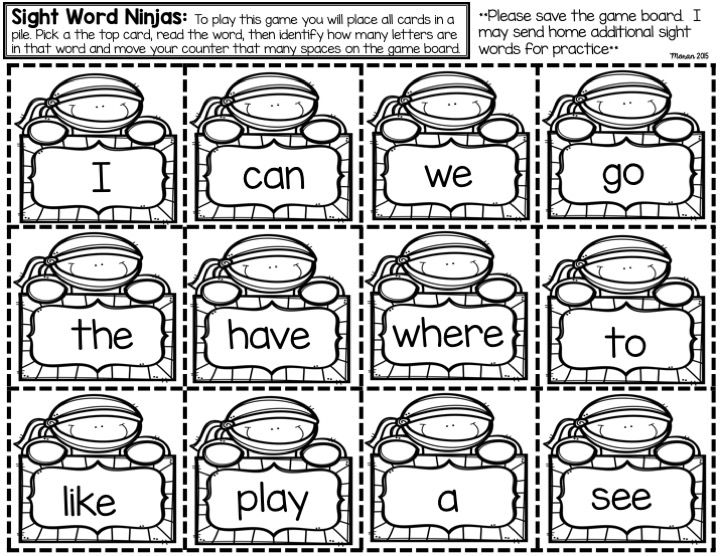 )
)
And the son is just a baby. (Put hands on waist.)
He was very small,
Walked with rattles. (Imitate rattle play.)
13. "Knock knock"
The teacher shows the movements and reads the text, the children repeat the movements after the teacher:
- Knock-Knock! (Three punches against each other.)
- Yes Yes Yes. (Three claps.)
- Can I come to you? (Three punches against each other.)
- Always glad! (Three claps.)
14. “I have, you have”
Children stand in a circle or scattered.
The teacher shows the movements and says the text, the children repeat the movements.
I have, (They point to themselves.)
You have (They spread their arms, pointing at the neighbors.)
Shiny eyes, (Showing eyes.)
I, you have clean ears. (They show ears.)
You and I, we clap our hands.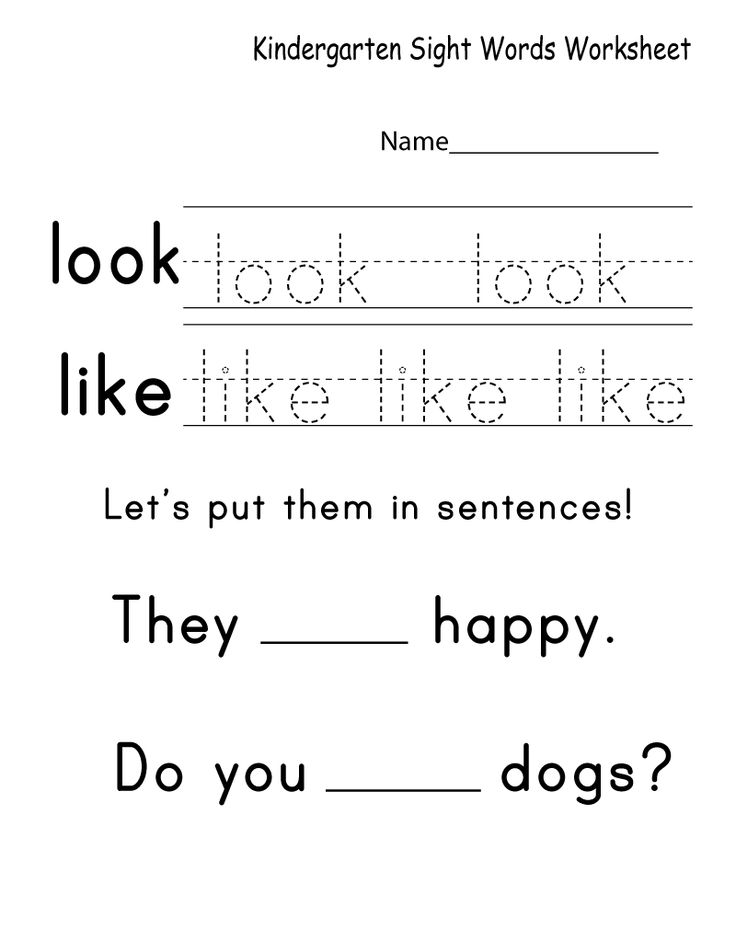 (Clap hands.)
(Clap hands.)
We are with you, we are jumping on the leg. (They jump on the spot.)
I, you have scarlet lips, (They show their eyes.)
I have, you have rosy cheeks.
You and I, we clap our hands.
We are with you, we are jumping on the leg.
16. "I have everything"
Before the start of the game, the children lie down on the carpet, arms along the body, stretch out. The teacher shows the movements and says the text, the children repeat the movements.
There is a headboard by the bed, (Raise the head and shoulders, the toes of the feet look straight up.)
And the teapot has a spout, (They sit down, put two fists to the nose, one after the other.)
And the bedside table has legs, (Squat down.)
And the pot has handles. (Hands are placed on the belt or on the shoulders.)
And in this large saucepan (They get up and show the saucepan, closing their hands in a circle in front of their chest. )
)
There is a very tasty compote. ("Looking" into the pot.)
And I have -
And legs, (Showing legs.)
And pens, (Show handles.)
And spout, (They show the spout.)
And back, (Show back.)
And one more thing -
Very hungry belly! (Show belly)
Games and game exercises for the preparatory group.
1. "Guess what they did" The teacher chooses a driver who moves away from the children at a distance of 8-10 steps and turns his back to them. He must guess what the rest of the players are doing. Children agree on what action they will portray. At the command of the educator "It's time!" the guesser turns, approaches the players and says: Hello, children! Where have you been? What did you see? Children answer: What we saw - we will not say, But what we did - we will show. Children imitate some kind of action, for example, playing the accordion, riding horses, etc.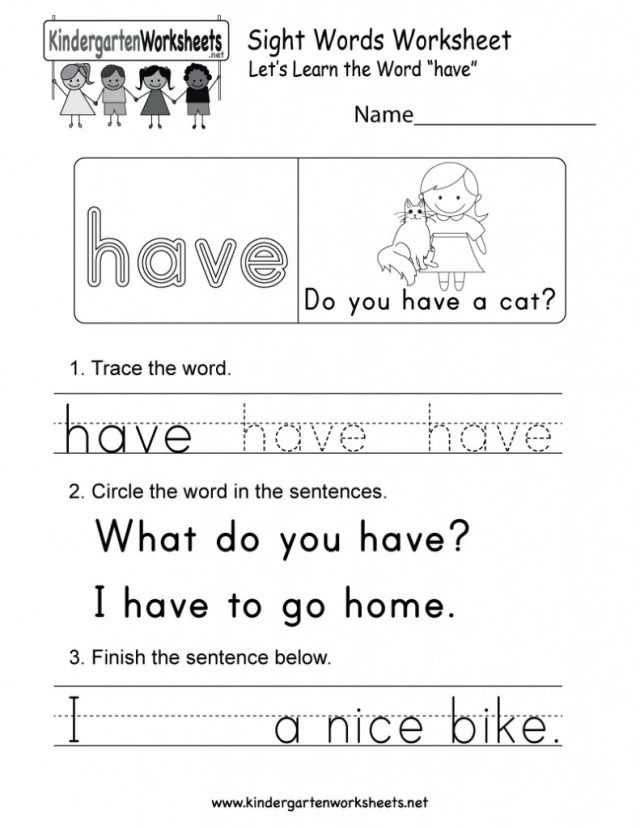 The driver guesses. If he is wrong, he loses. Children say what they did and come up with a new action. The driver guesses again. Then another child is chosen to take his place, and the game is repeated.
The driver guesses. If he is wrong, he loses. Children say what they did and come up with a new action. The driver guesses again. Then another child is chosen to take his place, and the game is repeated.
2. "Ring" Children stand in a circle, and the leader is inside the circle. In his palms he holds a ring, which he imperceptibly tries to pass to one of the children: with his palms folded in a boat, he opens the palms of the children in turn. Children closely monitor the actions of the driver and their comrades. The one who got the ring should not give himself away. At the signal of the driver: “Ring, ring, go out onto the porch!” - a child with a ring runs out to the center of the circle and becomes the leader. If the children noticed his ring before the signal, then they are not allowed into the circle. Then the game continues with the former driver.
4. "Handles-legs" Children are scattered around the hall. The teacher pronounces the words of the text and shows the movements. Children perform. Everyone clapped their hands. Friendly, more fun! (They clap their hands.) Our legs pounded Louder and faster! (They tap their feet.) Let's hit the knees Hush, hush, hush! (They slap on the knees.) Hands, hands raise Higher, higher, higher! (Slowly raise their hands.) Our pens spun (turn the brushes left and right), Lowered again. We circled, circled And stopped (drop their hands).
Children perform. Everyone clapped their hands. Friendly, more fun! (They clap their hands.) Our legs pounded Louder and faster! (They tap their feet.) Let's hit the knees Hush, hush, hush! (They slap on the knees.) Hands, hands raise Higher, higher, higher! (Slowly raise their hands.) Our pens spun (turn the brushes left and right), Lowered again. We circled, circled And stopped (drop their hands).
5. "Forbidden movement" The players form a circle. The teacher agrees with them in advance which movement should not be done, for example, squat, clap your hands, wave your arms. Then, to the music, he shows various movements that the children must repeat exactly. The more varied and fun these movements, the more interesting the game. The teacher can show the forbidden movement - the one who inadvertently repeats it must dance, sing or read a poem. The game can be complicated: agree that there are two movements that cannot be repeated, but instead of them, others must be done. For example, when the teacher puts his hand on the back of his head, the children should sit down with their legs crossed, and when he leans forward, clap their hands twice.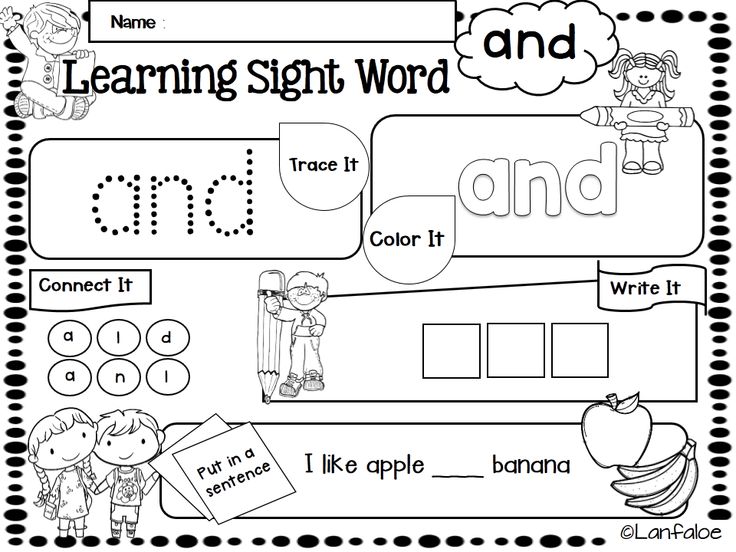
6. "Three, thirteen, thirty" The players choose the leader, stand in a circle at arm's length from each other. The driver is in the middle of the circle. When the game is played for the first time, it is desirable that the teacher be the driver. The teacher explains: “If I say: three, everyone spreads their arms to the sides; if thirteen - put your hands on your belt; if thirty, they raise their hands ”(you can choose any movement). The teacher quickly calls one or the other movement. The child who made the mistake sits on the floor. When one or two players remain, the game ends. The rest are winners.
7. "Tops and roots" Children form a circle or line. In the center of the circle or in front of the line is an adult (leader) with a large ball in his hands (one of the children can play the game). The driver throws the ball, naming some vegetable, and the children catch the ball, name the edible part and throw the ball to the driver. Leading. Eggplant. 1st child. Tops. Leading. Radish. 2nd child. Roots. Leading. Cabbage. 3rd child. Tops. Leading. Potato. 4th child. Roots. Leading. Strawberry. 5th child. Tops. Leading. Garlic. 6th child. Roots. Leading. Cucumbers. 7th child. Tops. Children who have never made a mistake are noted. "Gate" Children walk around the playground in pairs, holding hands. At the teacher’s signal “Gate!” stop and raise their hands. The last pair pass under the gate and stand in front. The game continues.
8. "Stop!" All players stand on a line drawn along one side of the court. On the opposite side, a circle (two or three steps in diameter) indicates the house of the driver, who stands with his back to the children and says: “Walk quickly! Look, don't yawn! Stop!". As he speaks, the children step forward. As soon as he says: "Stop!" - stop. The driver looks: who did not have time to freeze in place and move? Names these children - they return to the original line. Then the driver again turns his back on the players and says: “Walk fast!”.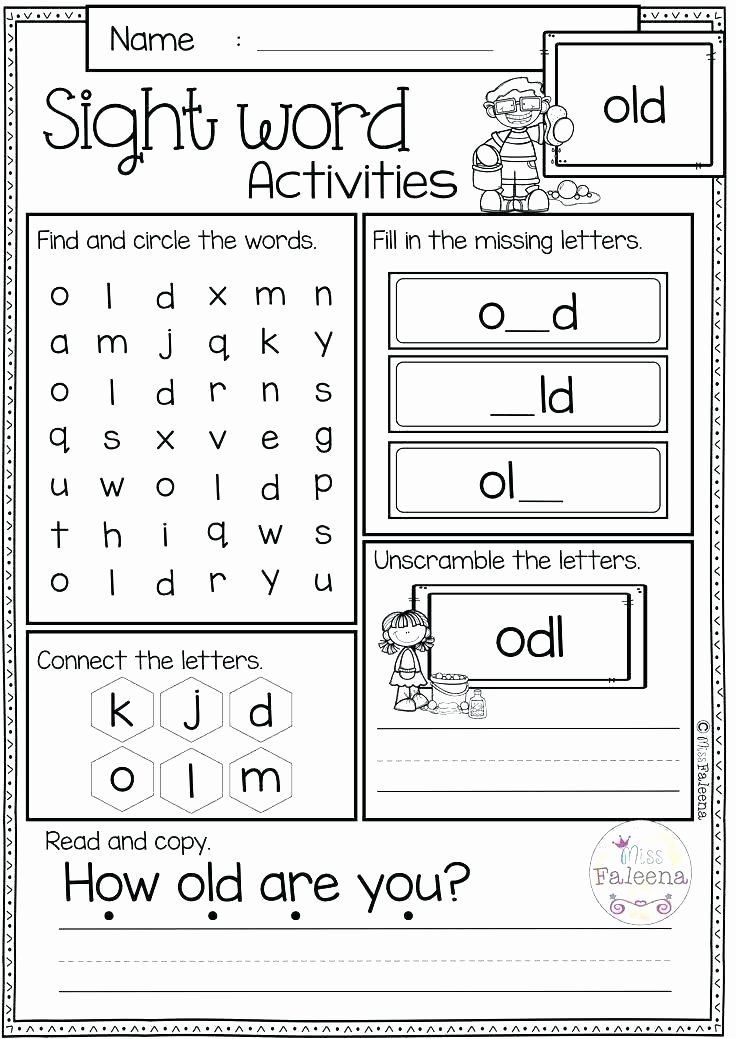 Everyone continues to step forward, starting from the place where the “Stop!” signal caught them. Those who return to the starting line move from there. The game continues until one of the children comes close to the driver and gets into his house before he says: “Stop!”. The one who succeeds becomes the leader.
Everyone continues to step forward, starting from the place where the “Stop!” signal caught them. Those who return to the starting line move from there. The game continues until one of the children comes close to the driver and gets into his house before he says: “Stop!”. The one who succeeds becomes the leader.
9. "Who left?" Children stand in a circle or semicircle. The teacher offers one child to remember those who are nearby (five or six people), and then leave the room or turn away and close their eyes. One of the children is hiding. The teacher asks: "Guess who left?". If the child guesses correctly, he chooses someone instead of himself. If he makes a mistake, he turns away again and closes his eyes, and the one who was hiding returns to his place. The guesser must name it.
10. "Find the ball!" All players stand in a circle close to each other facing the center. One child (at the choice of the teacher) becomes the center - this is the driver. The players keep their hands behind their backs.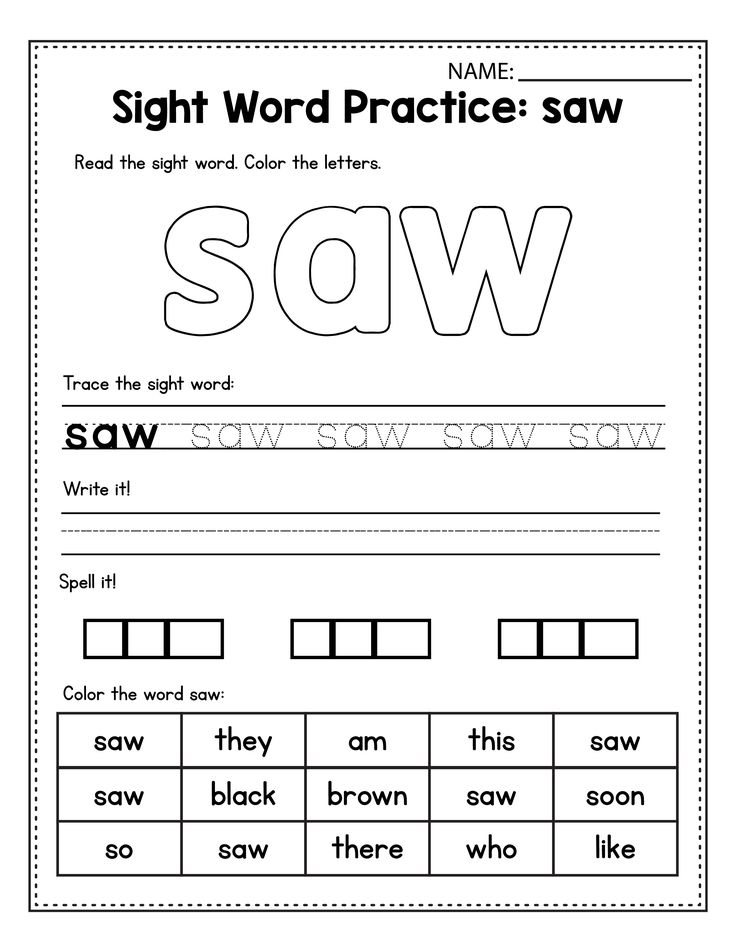 One of them is given a ball by the teacher. From this moment, the children begin to pass it to each other behind their backs. The player standing inside the circle tries to guess who has the ball. To do this, he can ask anyone to show his hands, telling him: "Hands!". The child instantly stretches both hands forward with palms up. The one who had the ball or who dropped it becomes the center, and the driver takes his place.
One of them is given a ball by the teacher. From this moment, the children begin to pass it to each other behind their backs. The player standing inside the circle tries to guess who has the ball. To do this, he can ask anyone to show his hands, telling him: "Hands!". The child instantly stretches both hands forward with palms up. The one who had the ball or who dropped it becomes the center, and the driver takes his place.
11. "Tick-tock-tock!" Children are scattered around the room. At the signal "Tick!" everyone makes tilts left and right, at the signal “So!” stop, and at the signal "Knock!" bouncing in place. All signals are repeated 5-8 times. The one who makes a mistake is out of the game. The sequence of signals must change. At the end of the game, the most attentive player should be noted.
12. “Claps” Children move freely around the room. For one clap of the leader, they must jump, for two - to sit down, for three - to stand up with their hands raised (any other movement options are allowed).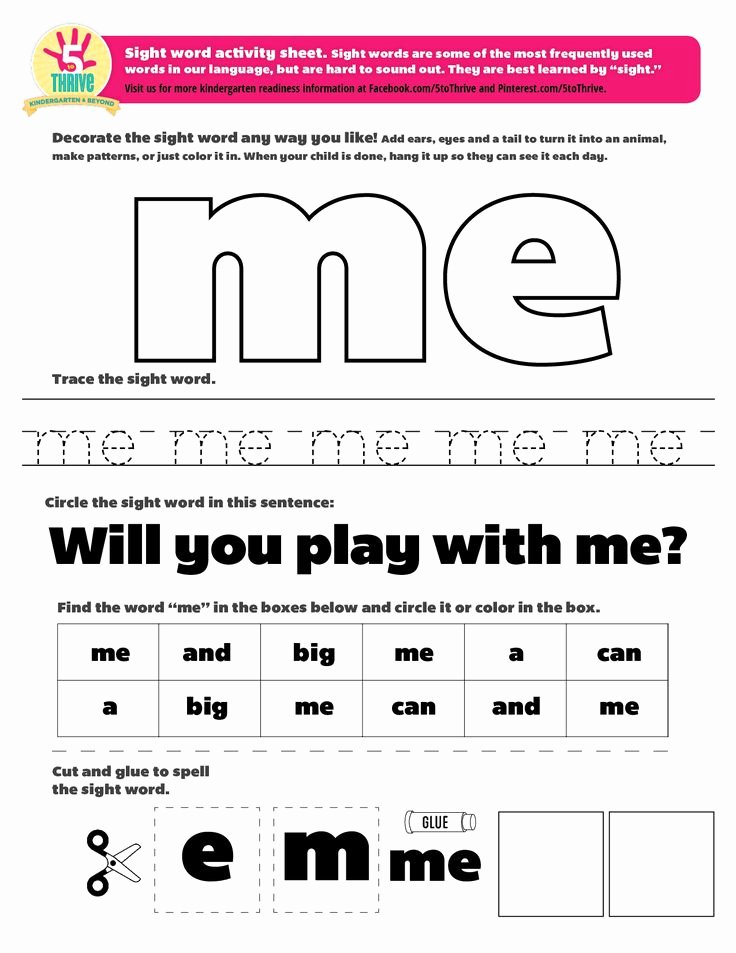
13. "Four elements" The players perform movements in accordance with the signals: "Earth!" - hands down; "Water!" -hands forward, "Air!" - hands up; "Fire!" - rotate hands in the wrist and elbow joints. Whoever makes a mistake is considered a loser.
14. "How are you?"
We play all day. The goal of the day is to play too lazy. You look, do not lag behind. Repeat after us.
How is it going? Like this!
How are you going! - march in place. Like this!
How do you run? - Run in place. Like this!
Do you sleep at night? - sit down, hands under the cheek. Like this!
How do you clap your hands? Like this!
How do you stomp your feet? Like this!
How do you ride on toes? Like this!
Lower your hands and reach the ground, how? - Goose. Like this!
Open your mouth wider, how? Like this!
And how will we make grimaces? Like this!
As I say 1, 2, 3, All freeze with grimaces Like this!
List of used literature:
1.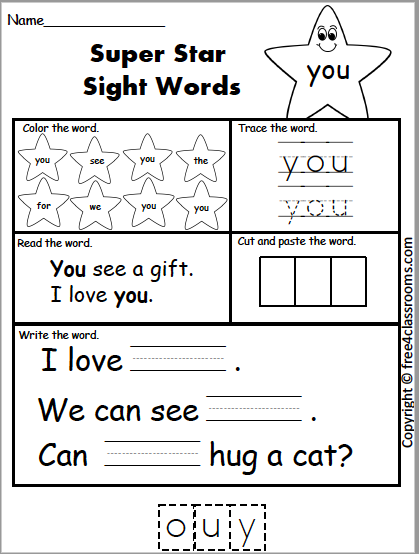 Borisova M.M. Sedentary games and play exercises for children 3-7 years old. Collection of games and exercises
Borisova M.M. Sedentary games and play exercises for children 3-7 years old. Collection of games and exercises
2. Penzulaeva L.I. Physical education in kindergarten. Junior group.
3. Penzulaeva L.I. Physical education in kindergarten. Middle group.
4. Penzulaeva L.I. Physical education in kindergarten. Senior group.
5. Penzulaeva L.I. Physical education in kindergarten. Preparatory group.
6. Stepanenkova E.Ya. Collection of outdoor games.
Experimental activities of older preschoolers
Preschool children are very active, inquisitive, observant.
The guys are interested in the new, the unknown, they like to ask questions to others, they like to experiment. They draw their own conclusions, inferences, establish cause-and-effect relationships. Therefore, I am the educator of the middle A group Fedorenko Yulia Ivanovna, I conduct purposeful, thoughtful pedagogical work on the topic: Experimental activities of older preschoolers.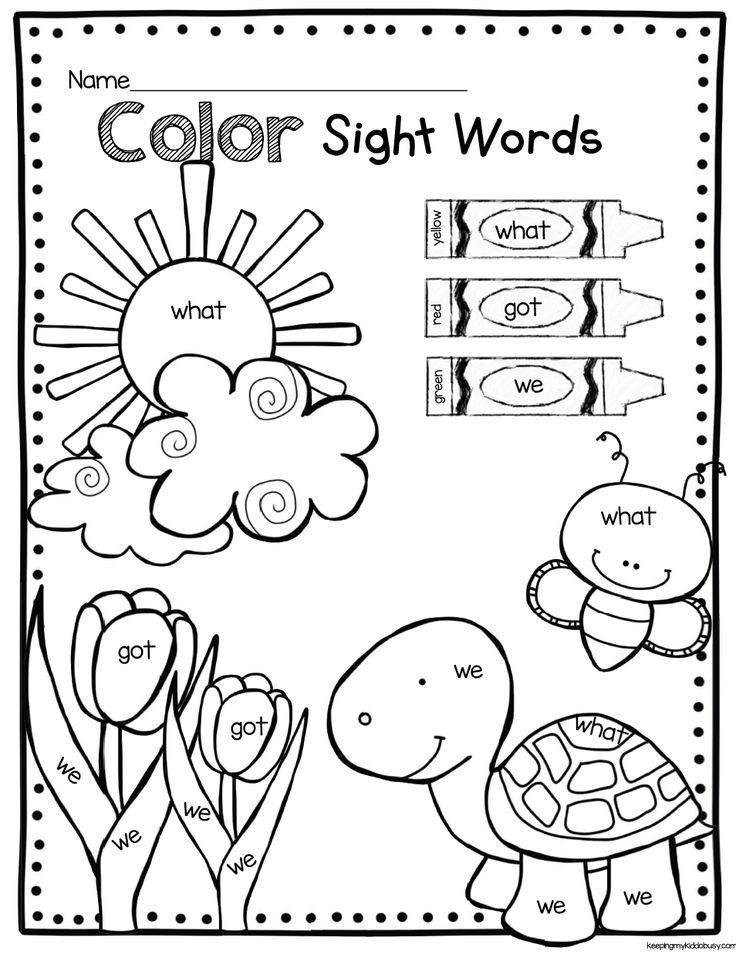
Experimentation leads children to knowledge of the world around them. The child will learn to determine the best way to solve the problems facing him and find answers to the questions that arise. In our group, I set tasks of experimental activity:
- Increase interest in the environment.
- to systematize the knowledge of children about natural phenomena.
- to develop mental abilities in children.
- social and personal development of each child.
- development in children of the ability to use assistive devices during experiments.
Experimentation in the older group gives children real ideas about the various aspects of the object being studied, about its relationship with other objects and with the environment.
- enriches the memory of the child, activates his thought processes.
- develops creative abilities, forms labor skills,
- stimulates the development of speech.
- accumulates a fund of mental techniques and operations.
In experimental activities, I use methods such as:
verbal (conversations, reading fiction)
visual (presentations, observations, illustrations)
practical (experimental games, didactic games)
game learning method
The group is equipped with an experimentation corner, our mini "laboratory", for making small "discoveries".
Working in the corner involves turning children into "scientists" who conduct experiments, experiments, observations on various topics. Everything is assimilated firmly and for a long time when the child hears, sees and does it himself. Research provides the child with the opportunity to find answers to the questions “how?” and why?".
In the process of experimentation, children learn:
- accept and set goals.
- solve problems.
- analyze the object and phenomena.
- identify essential features and relationships.
- to select means and materials for independent activity.